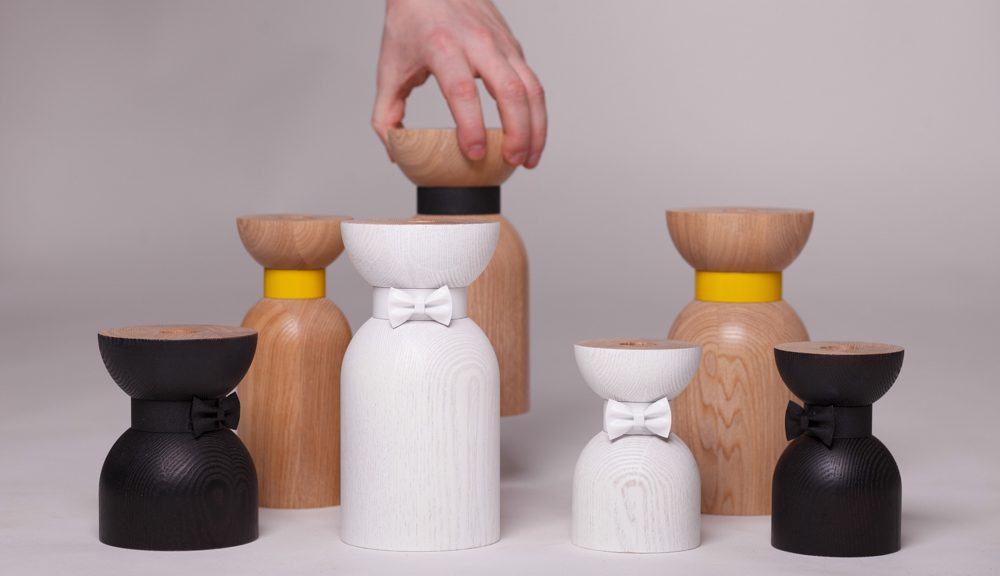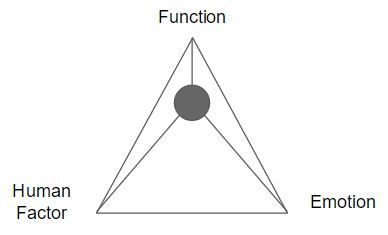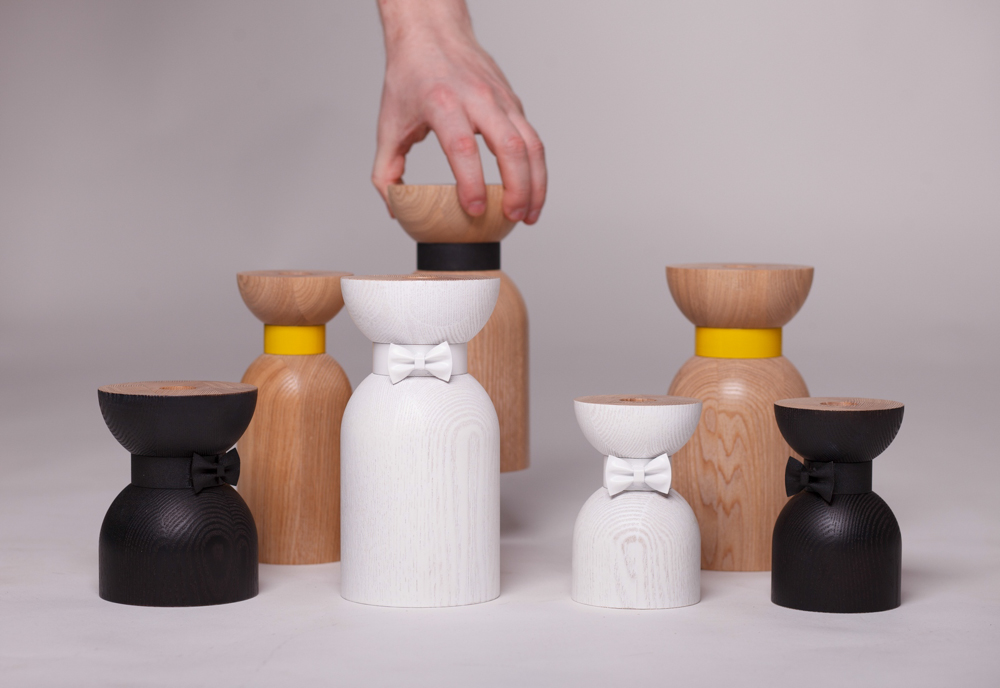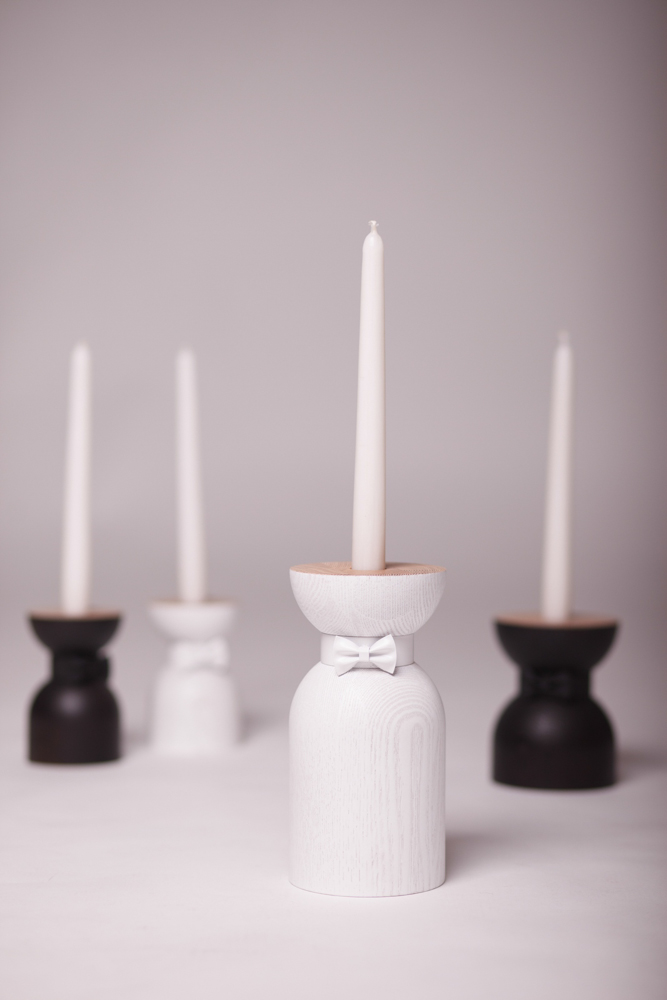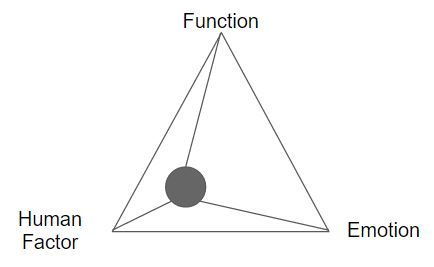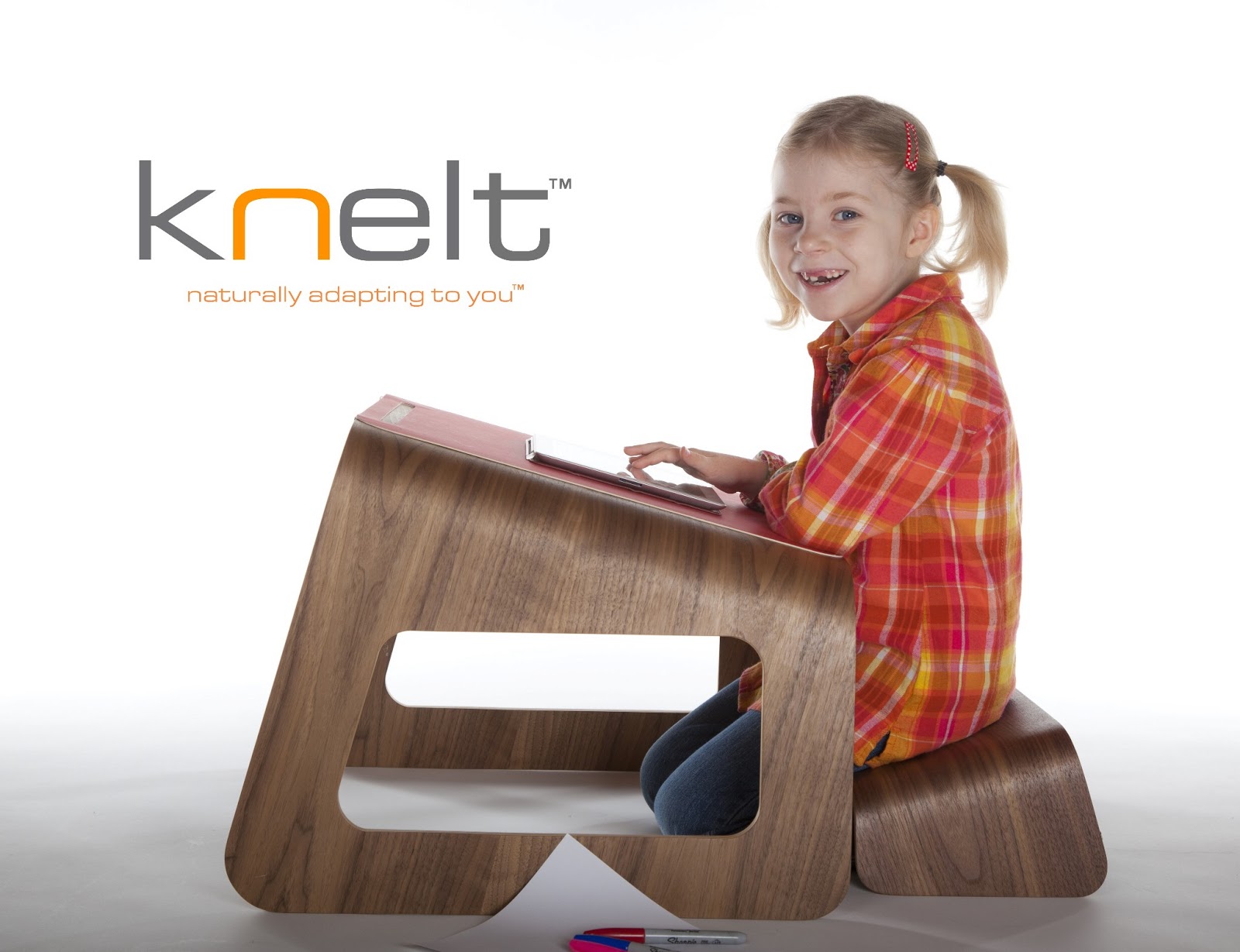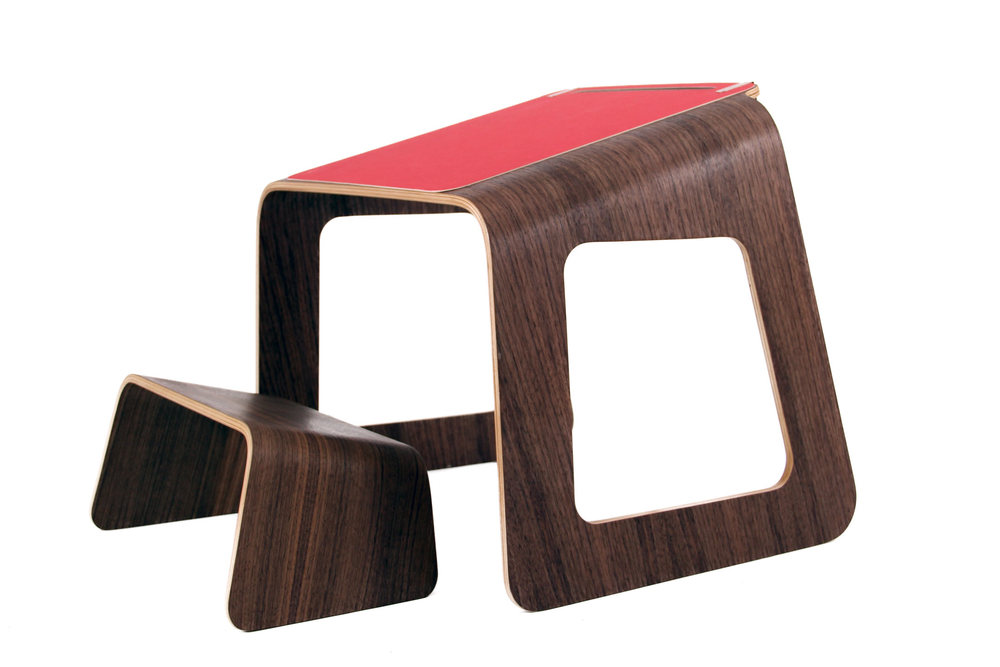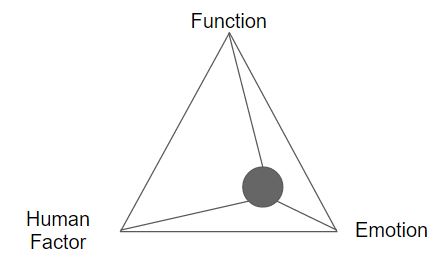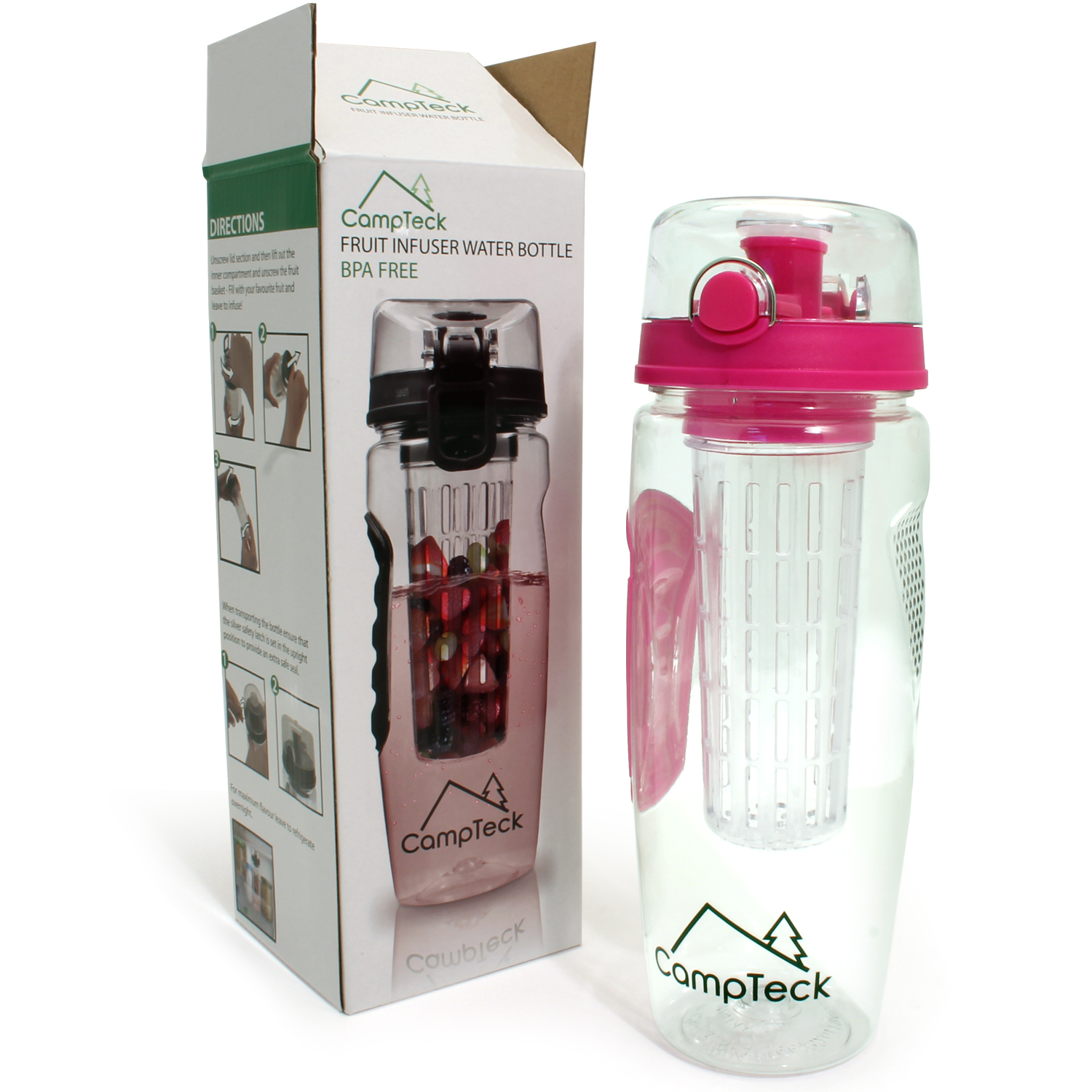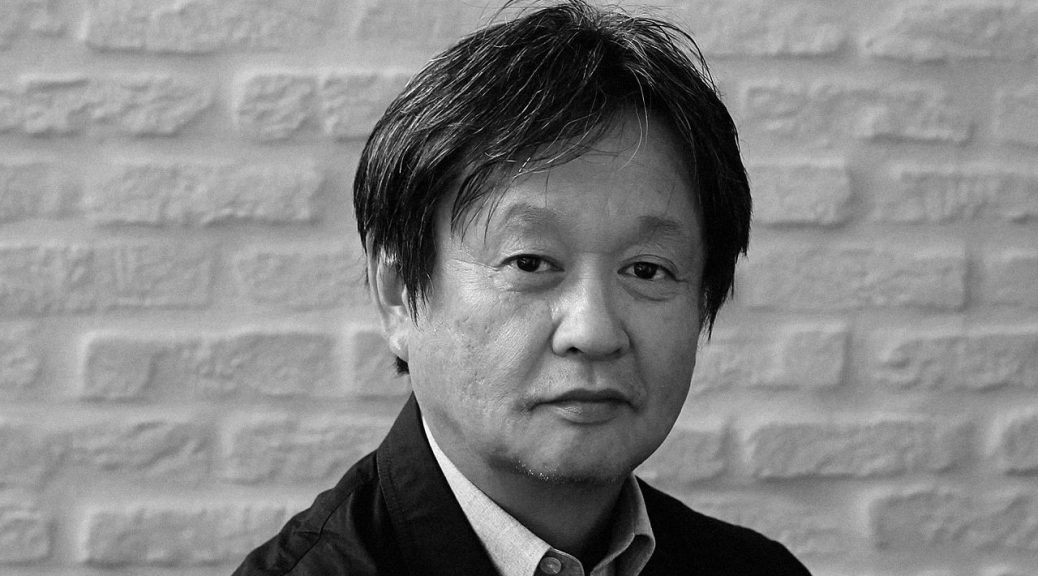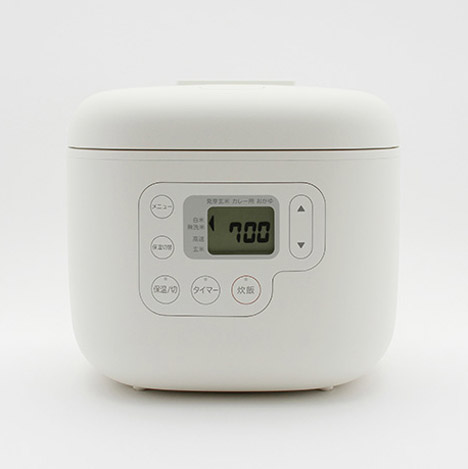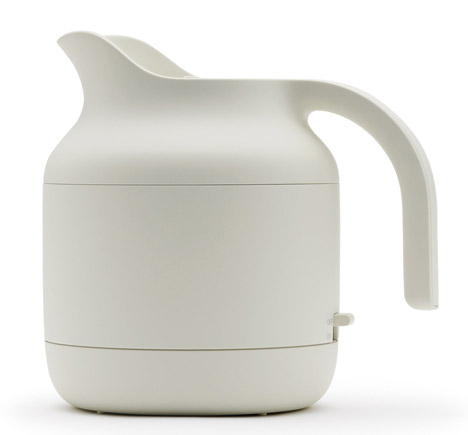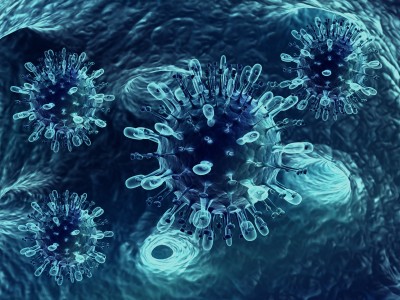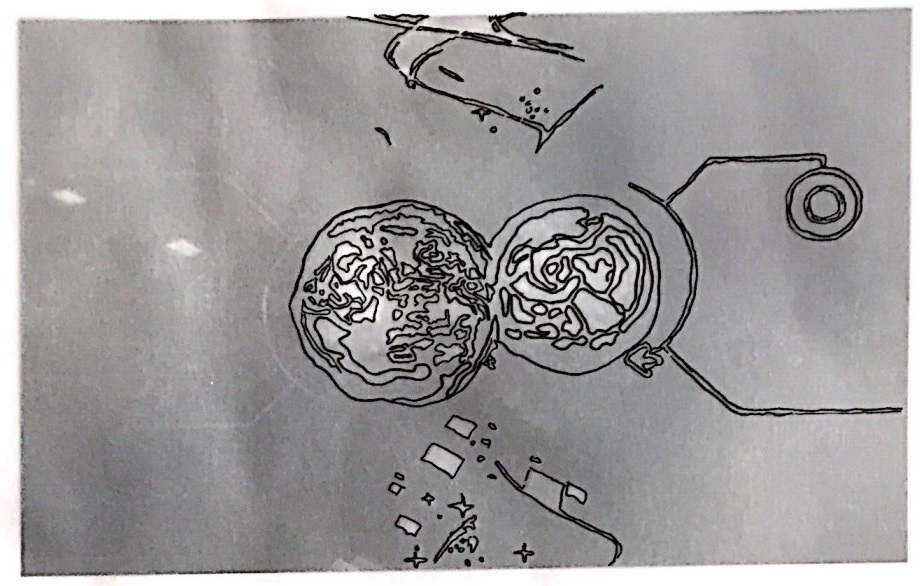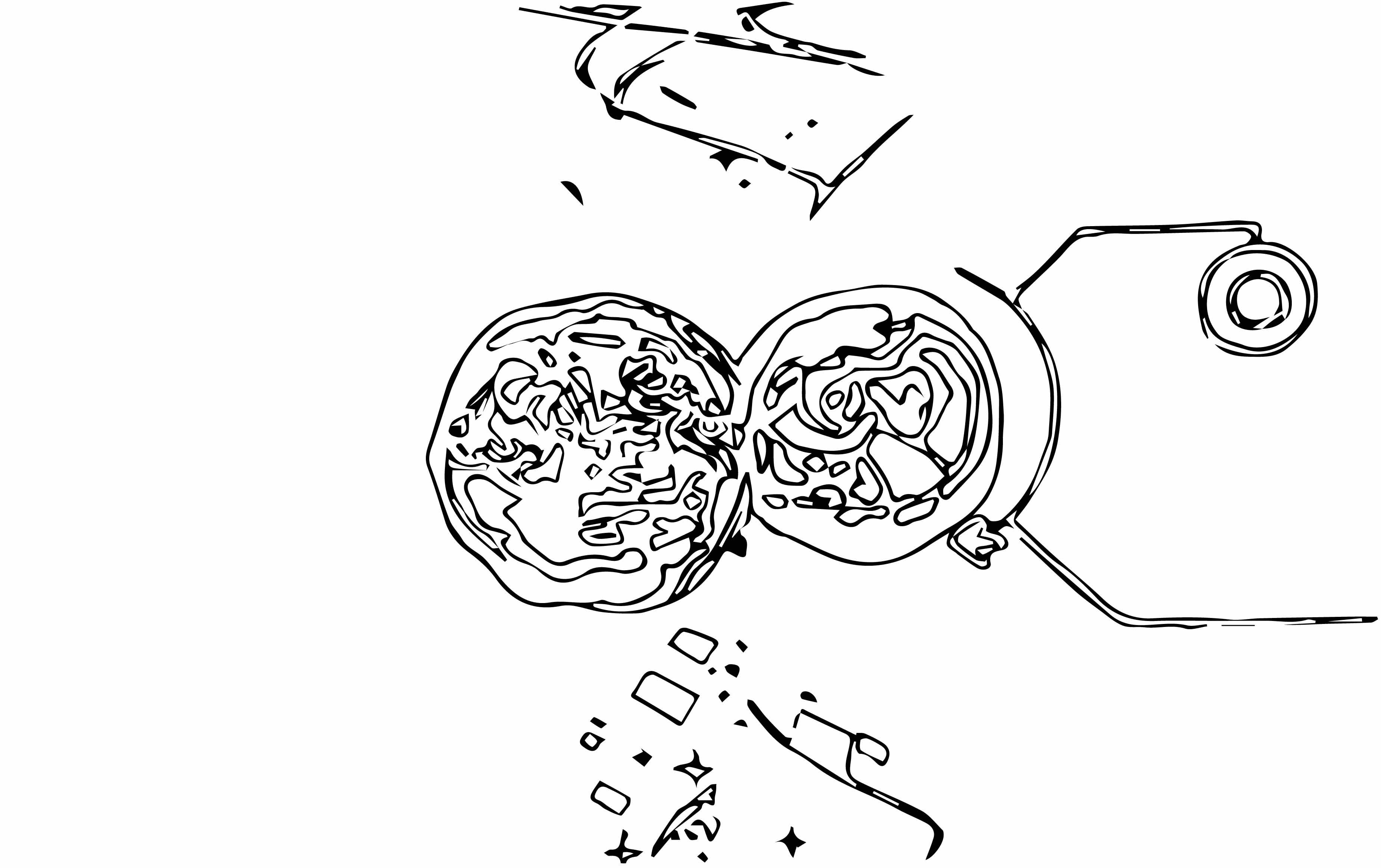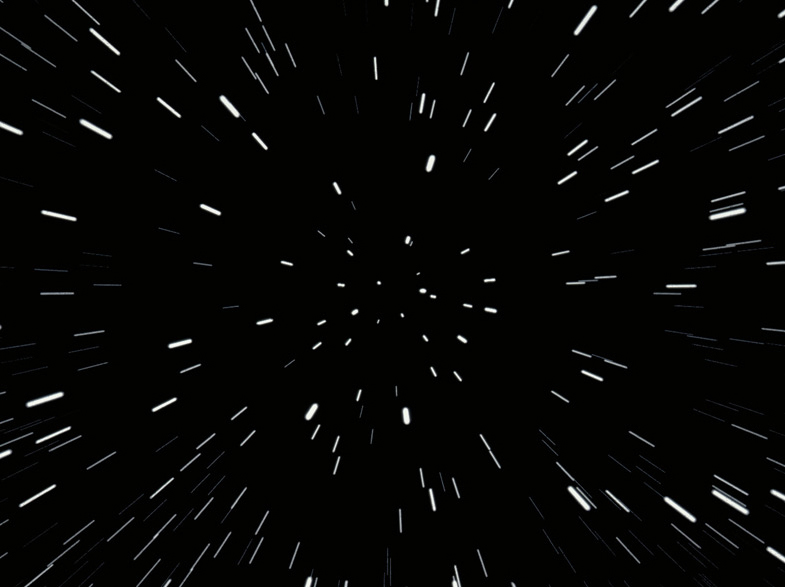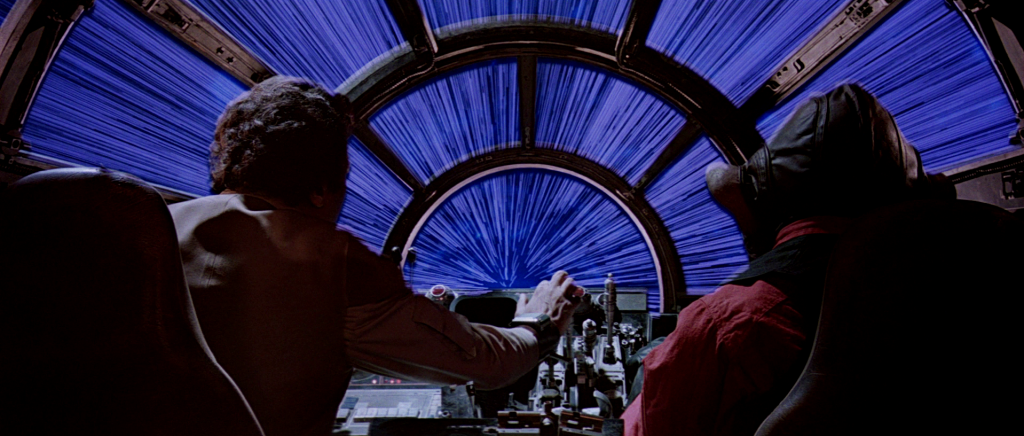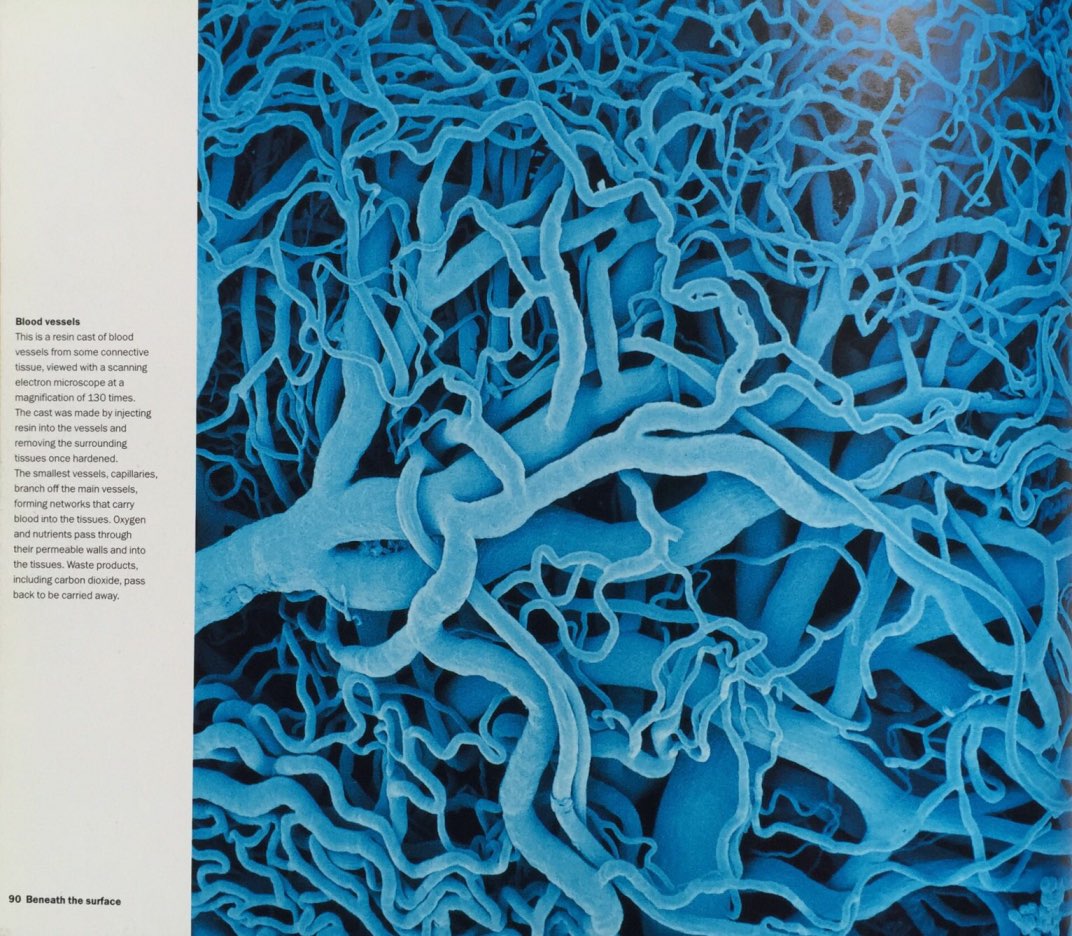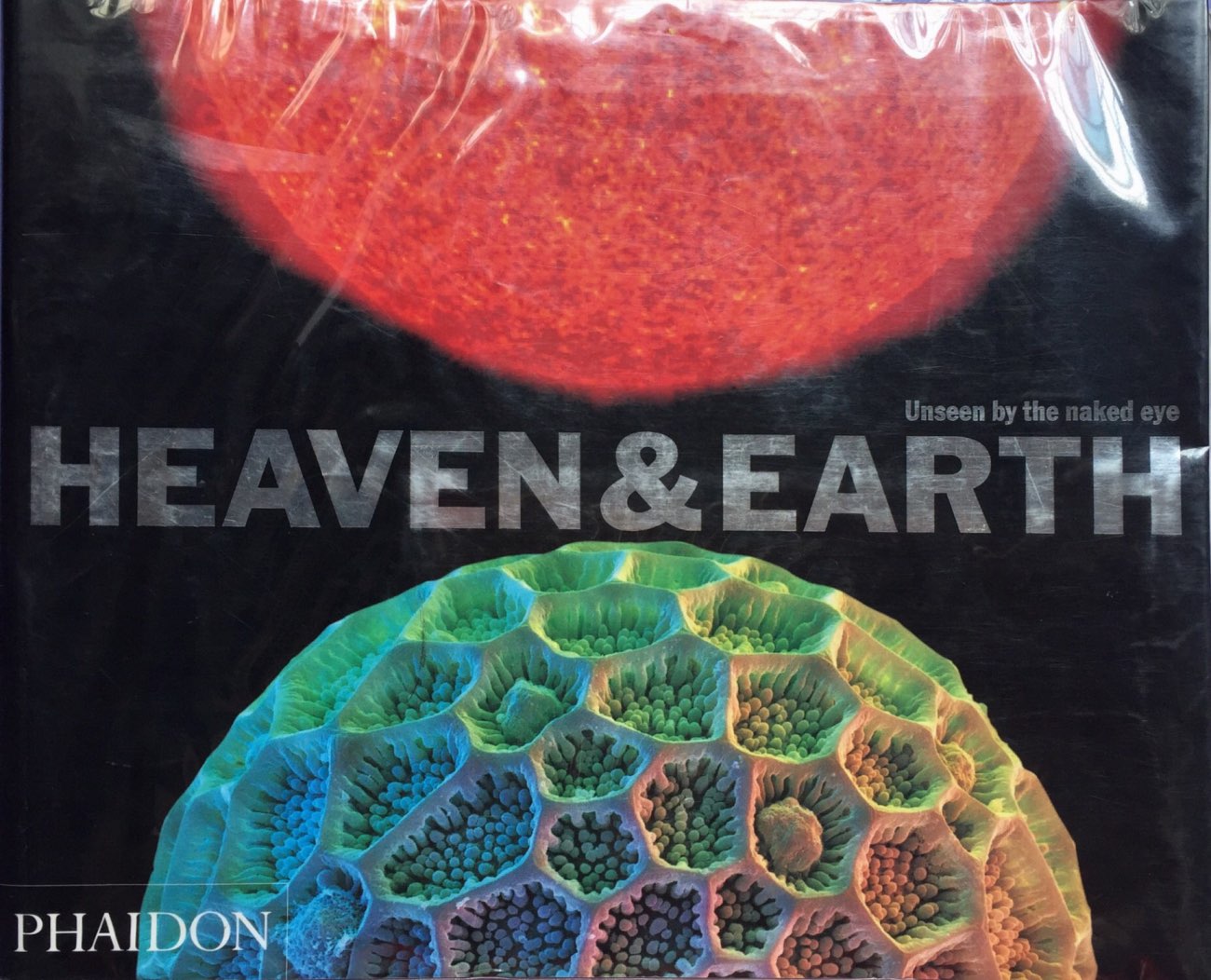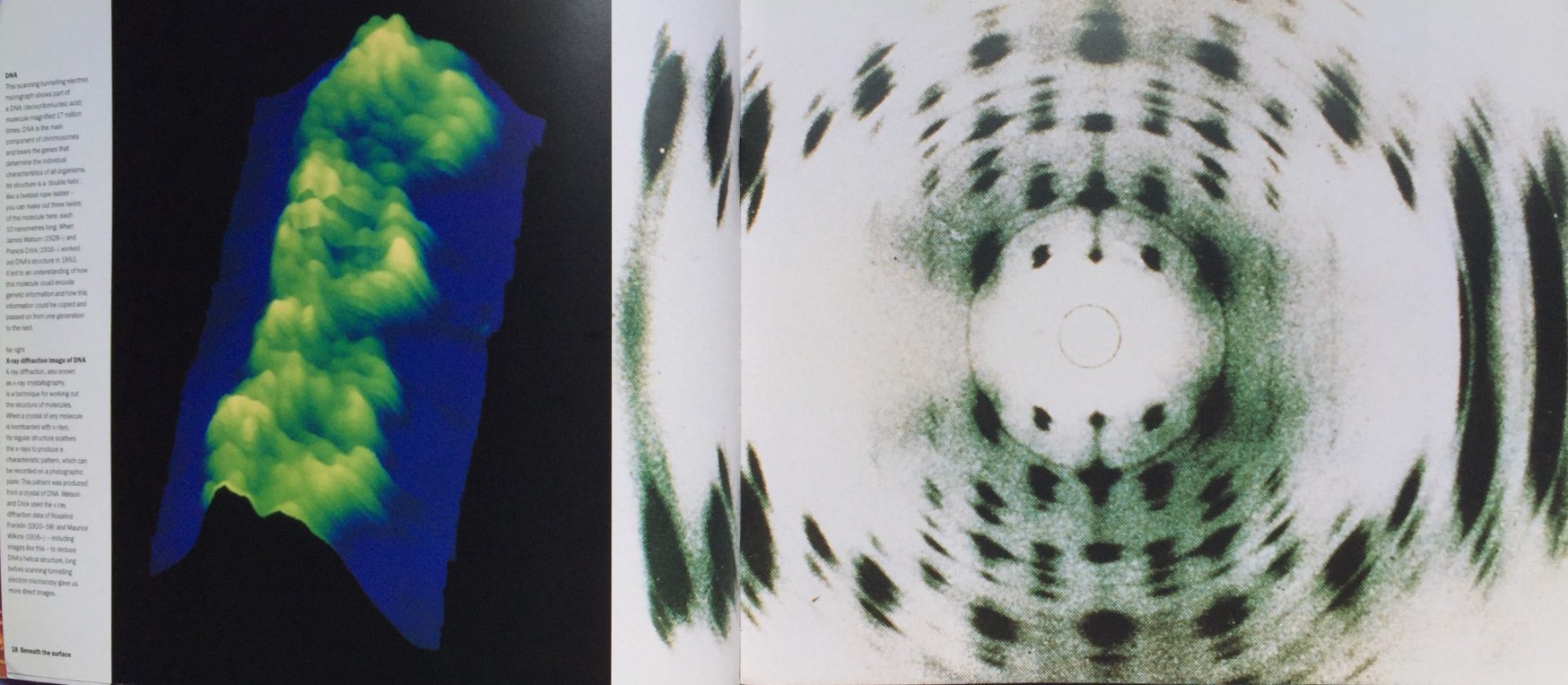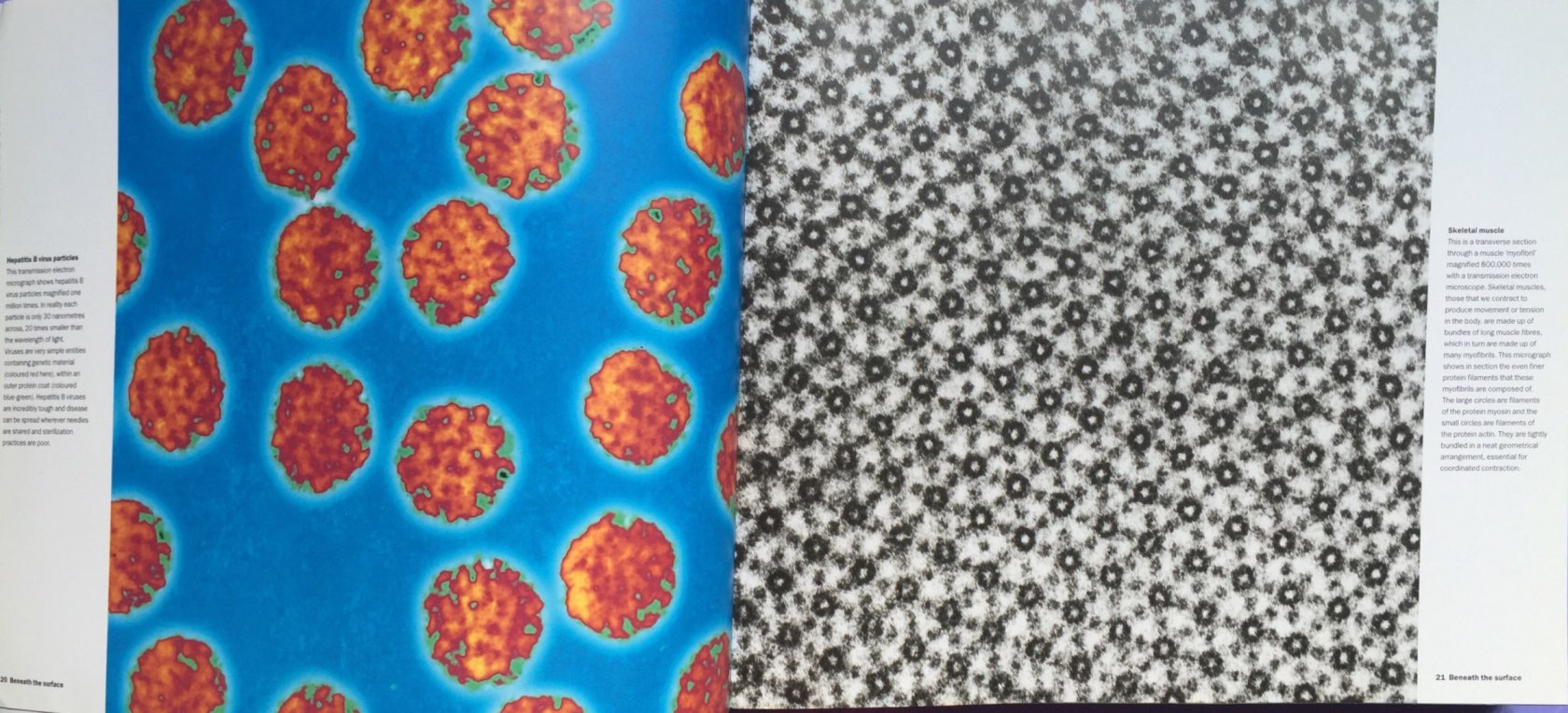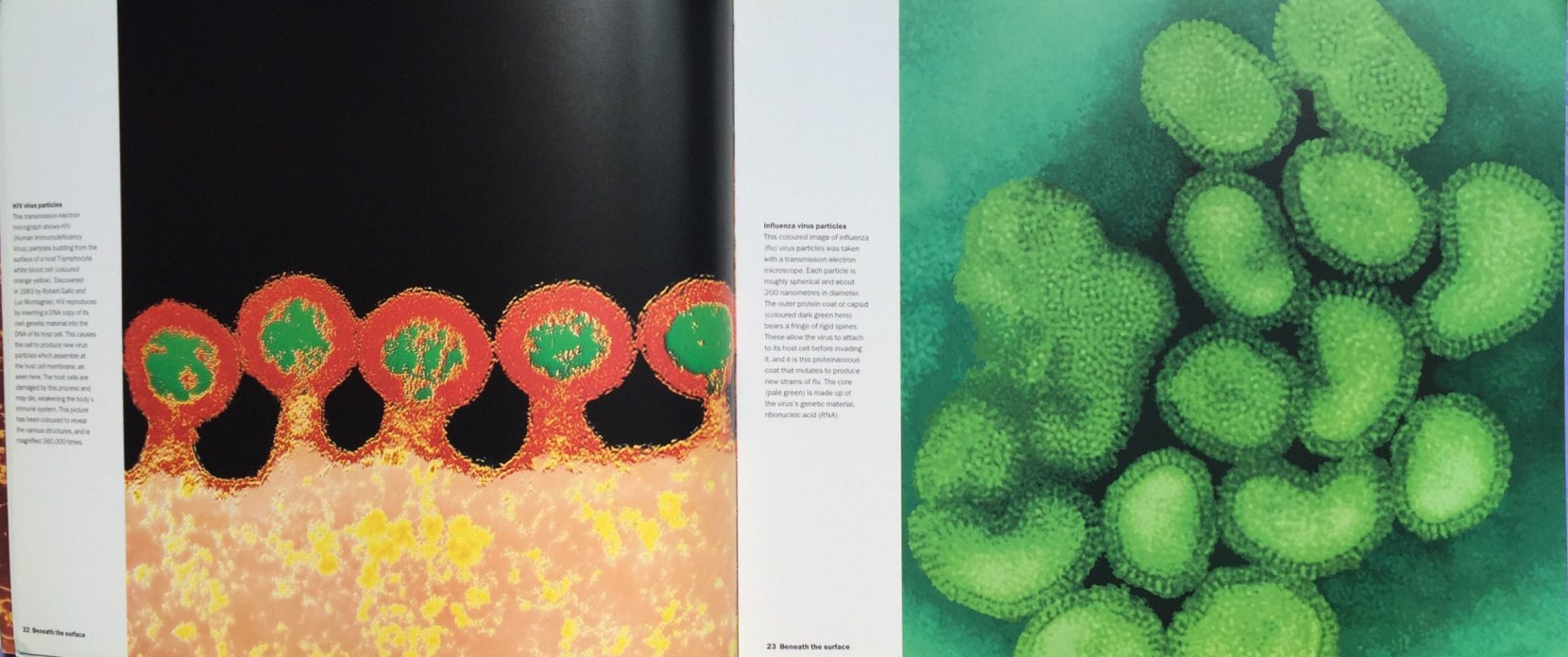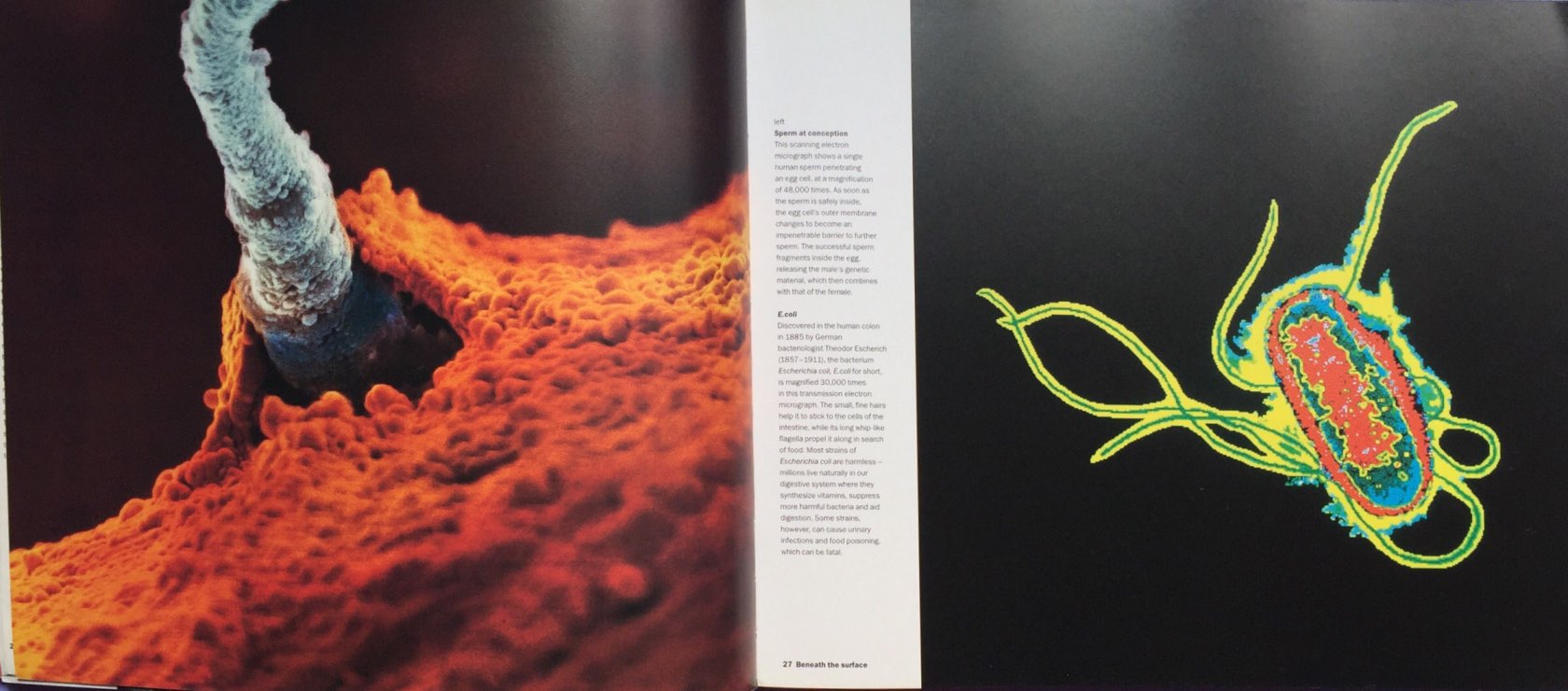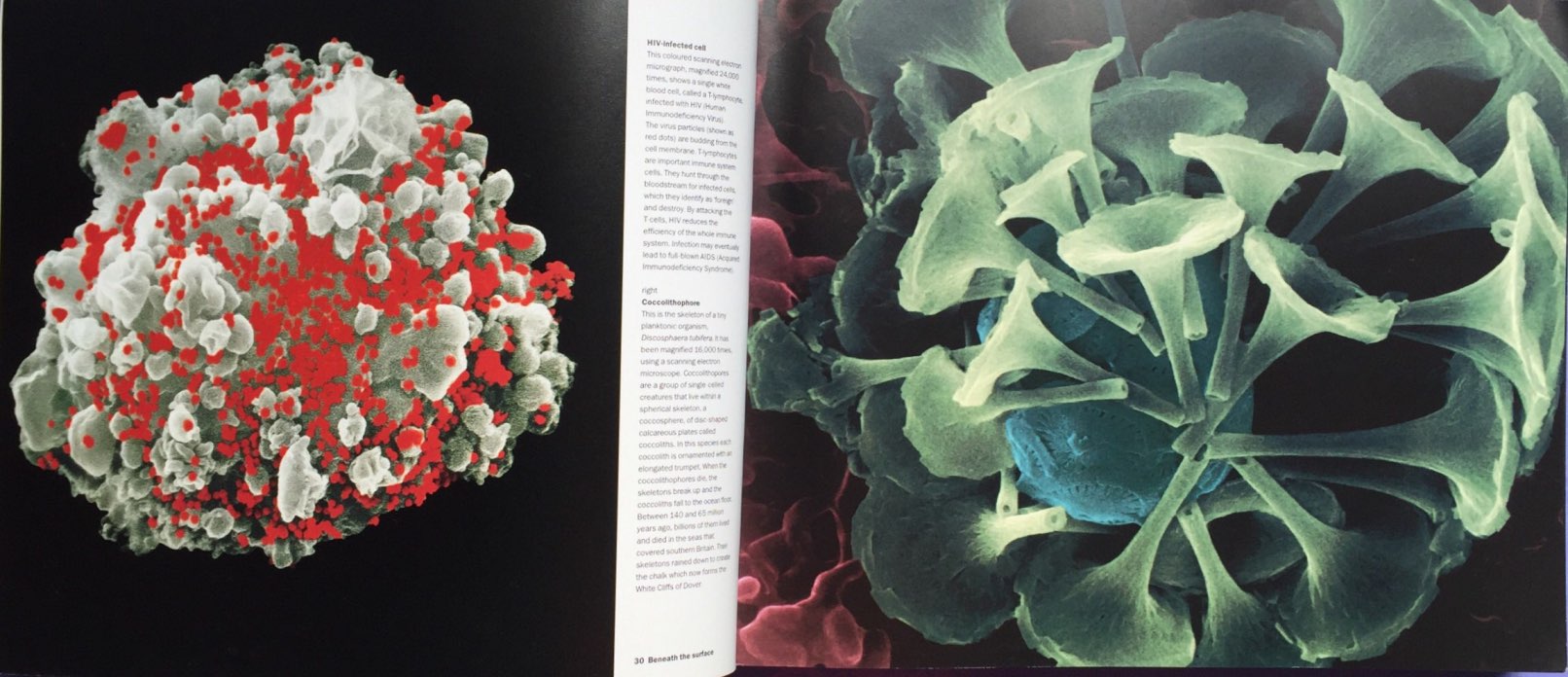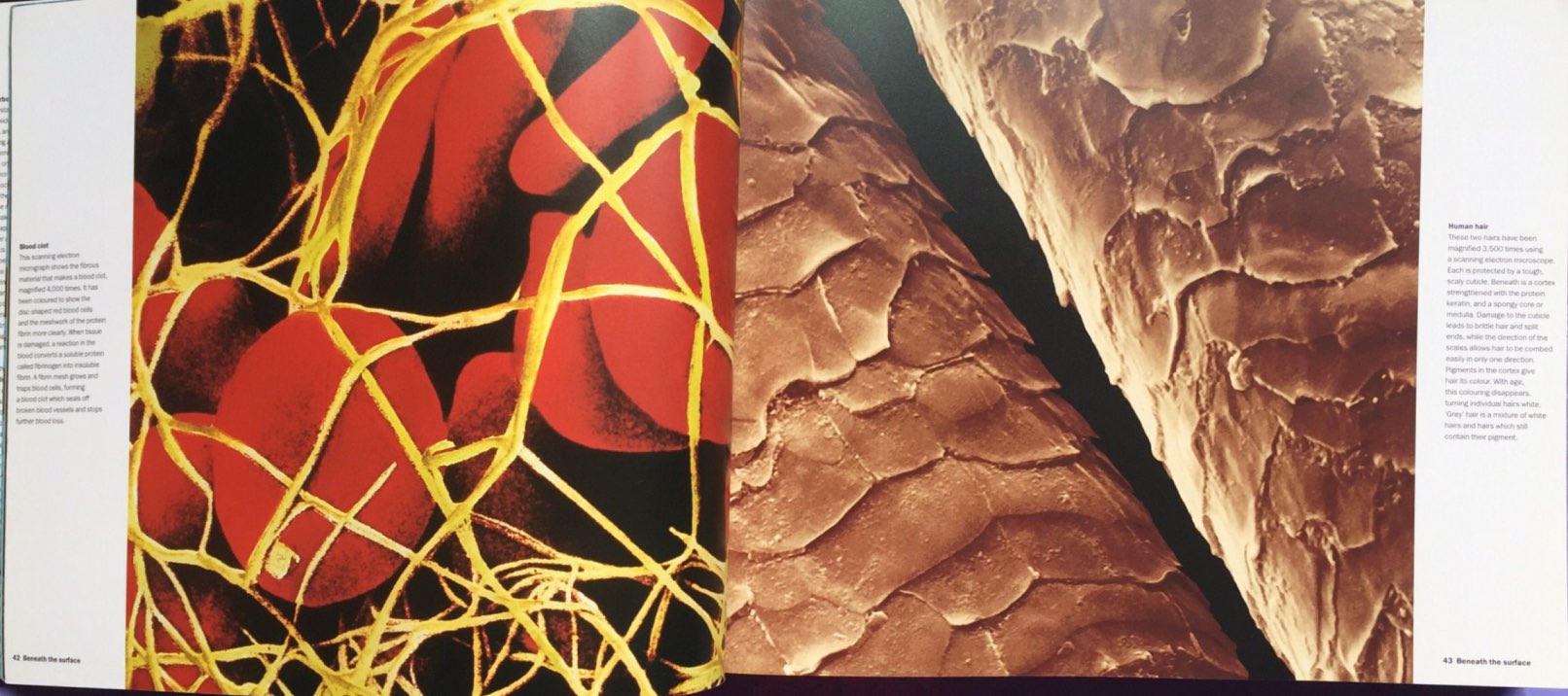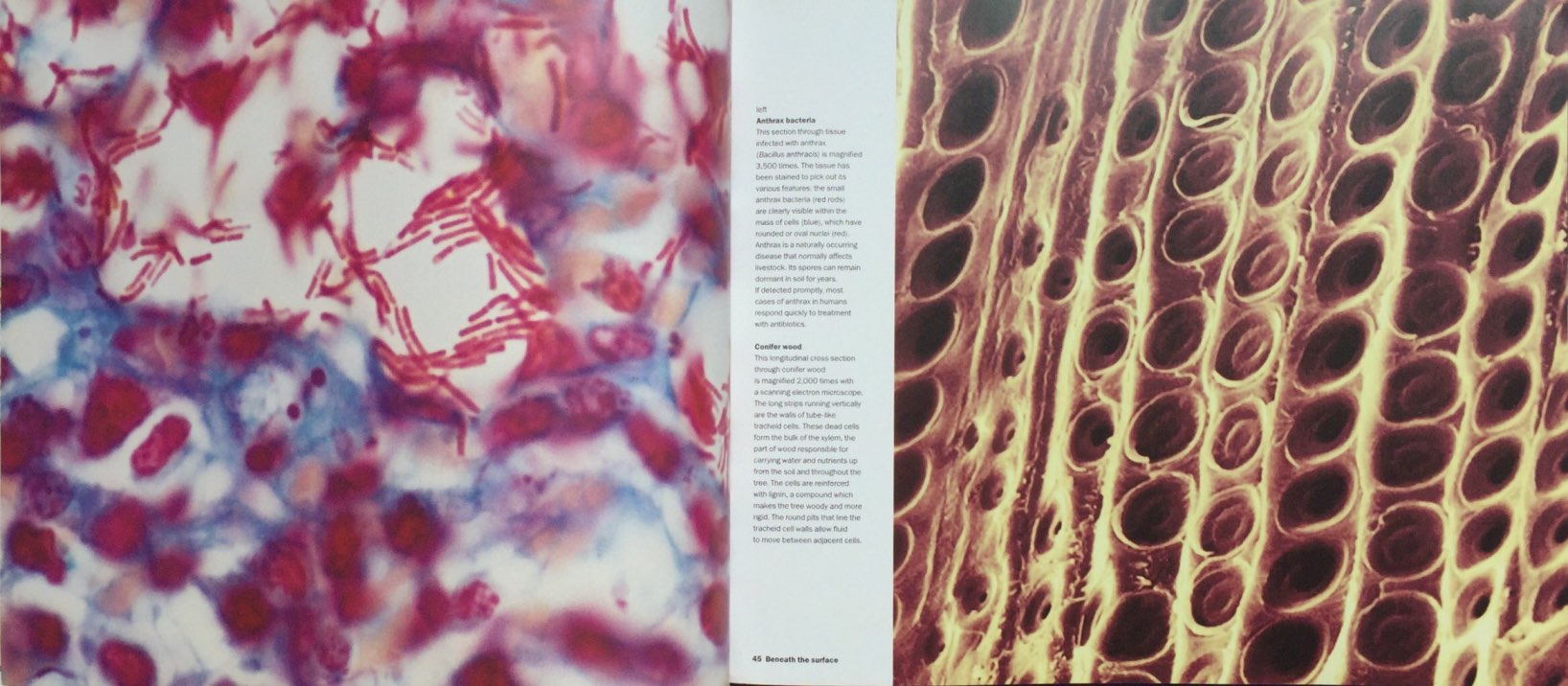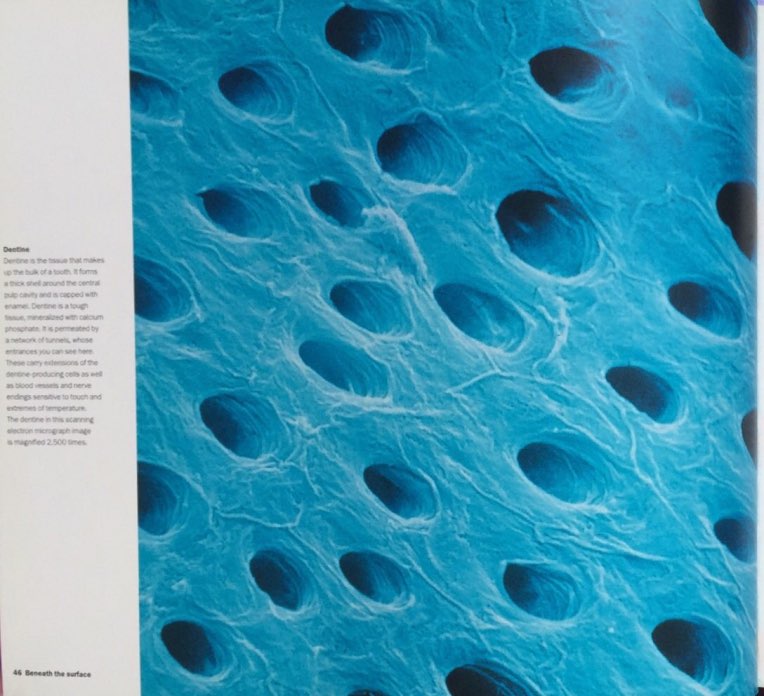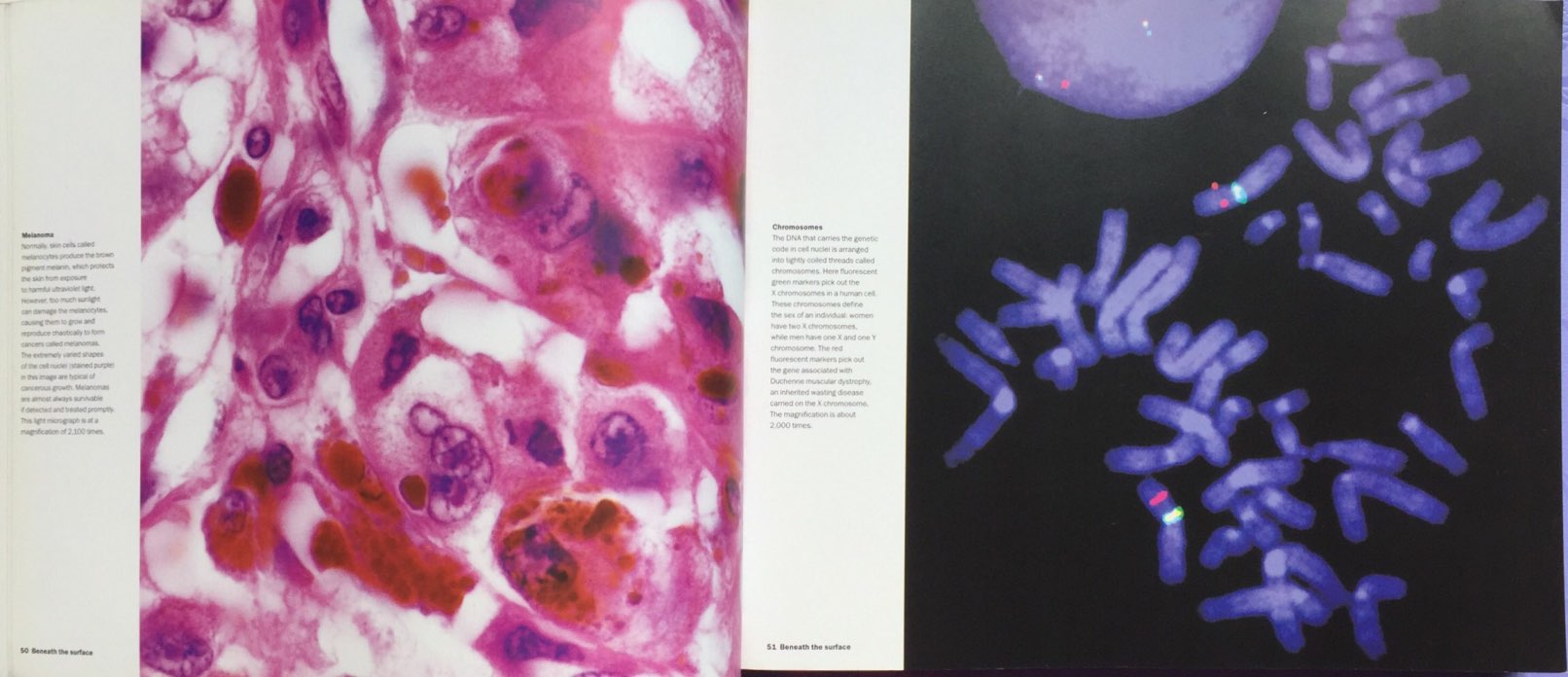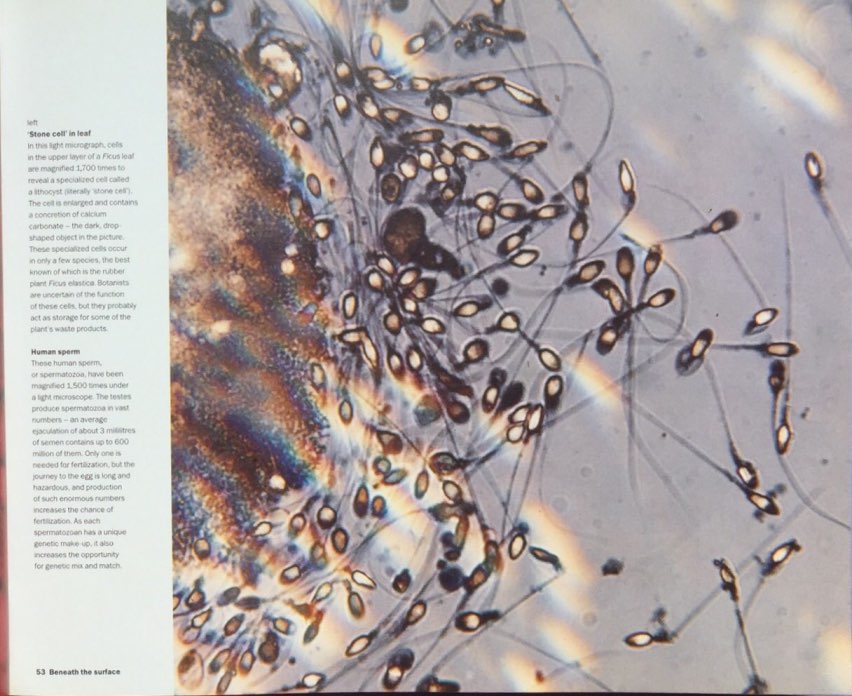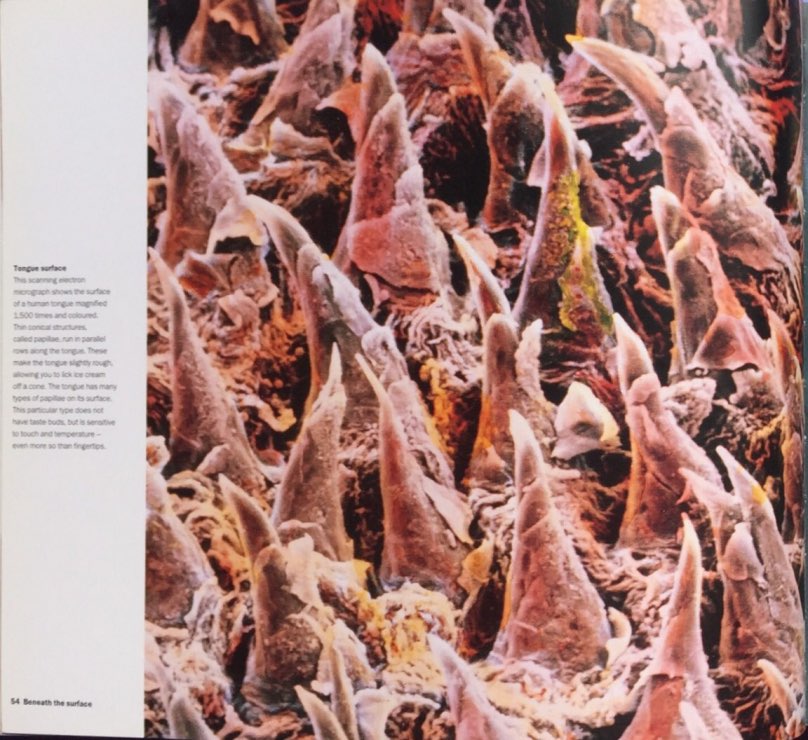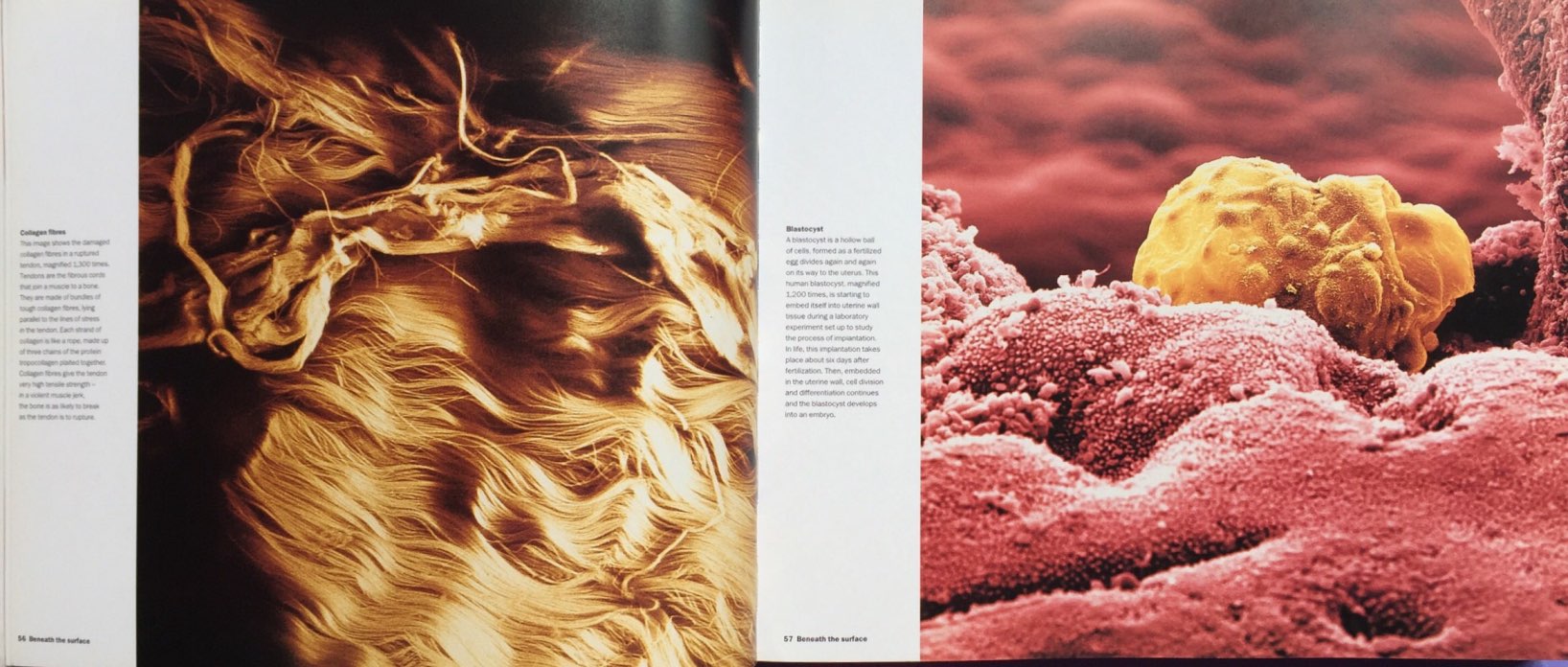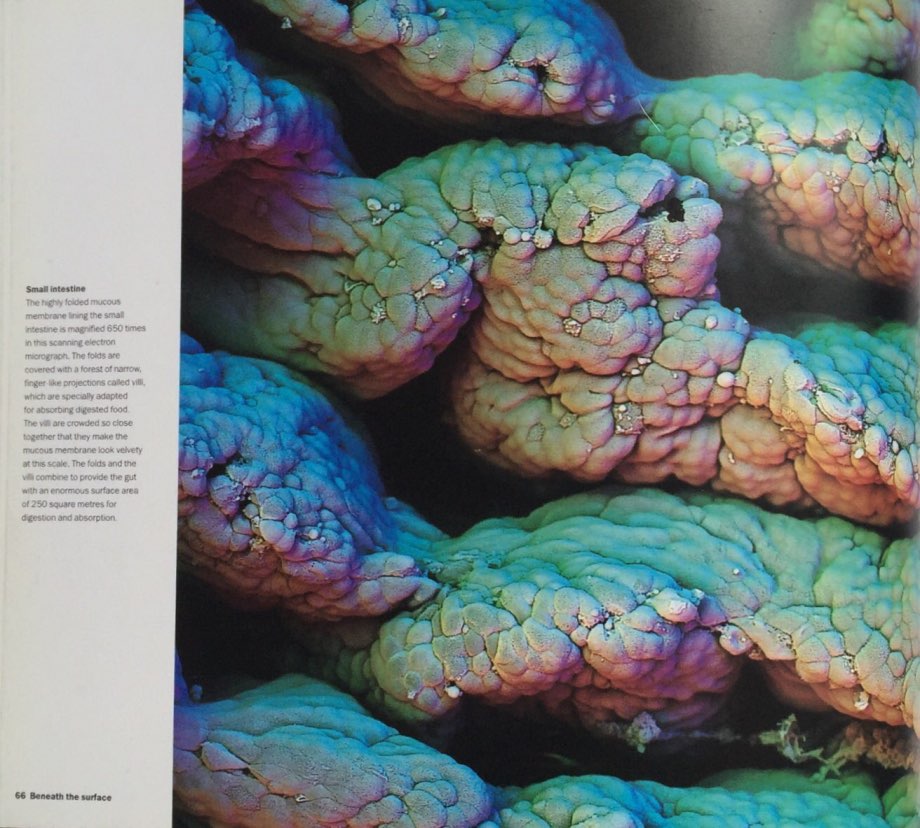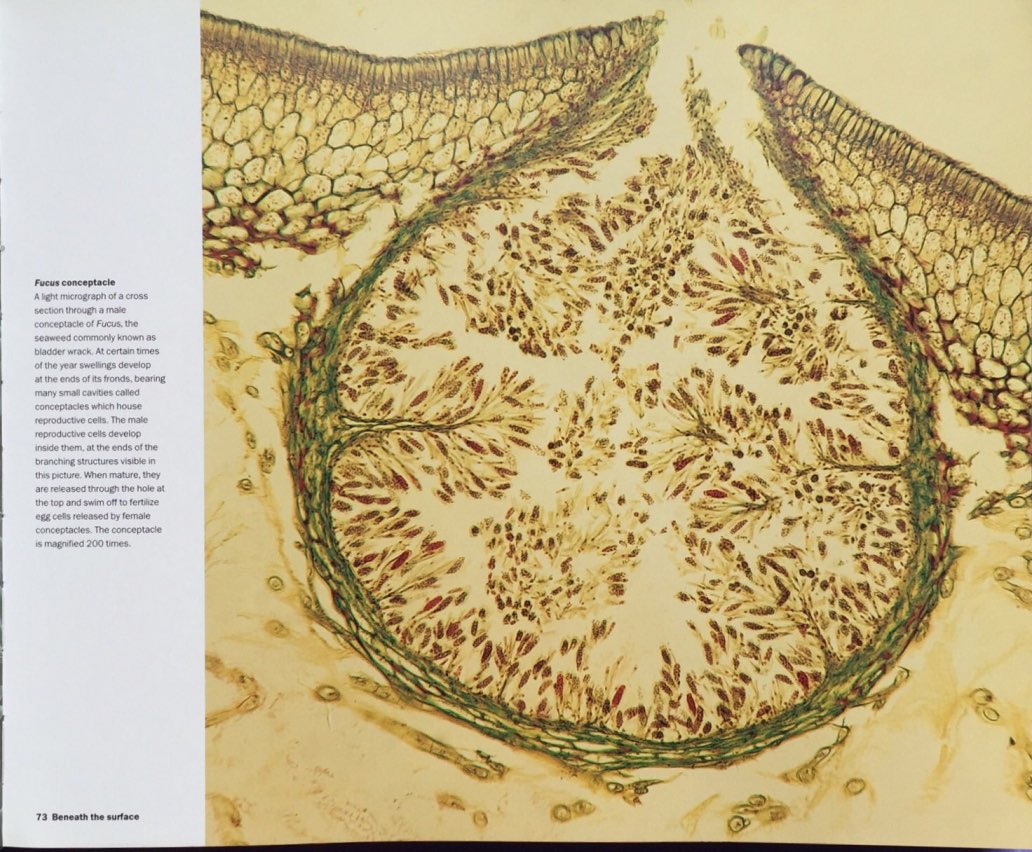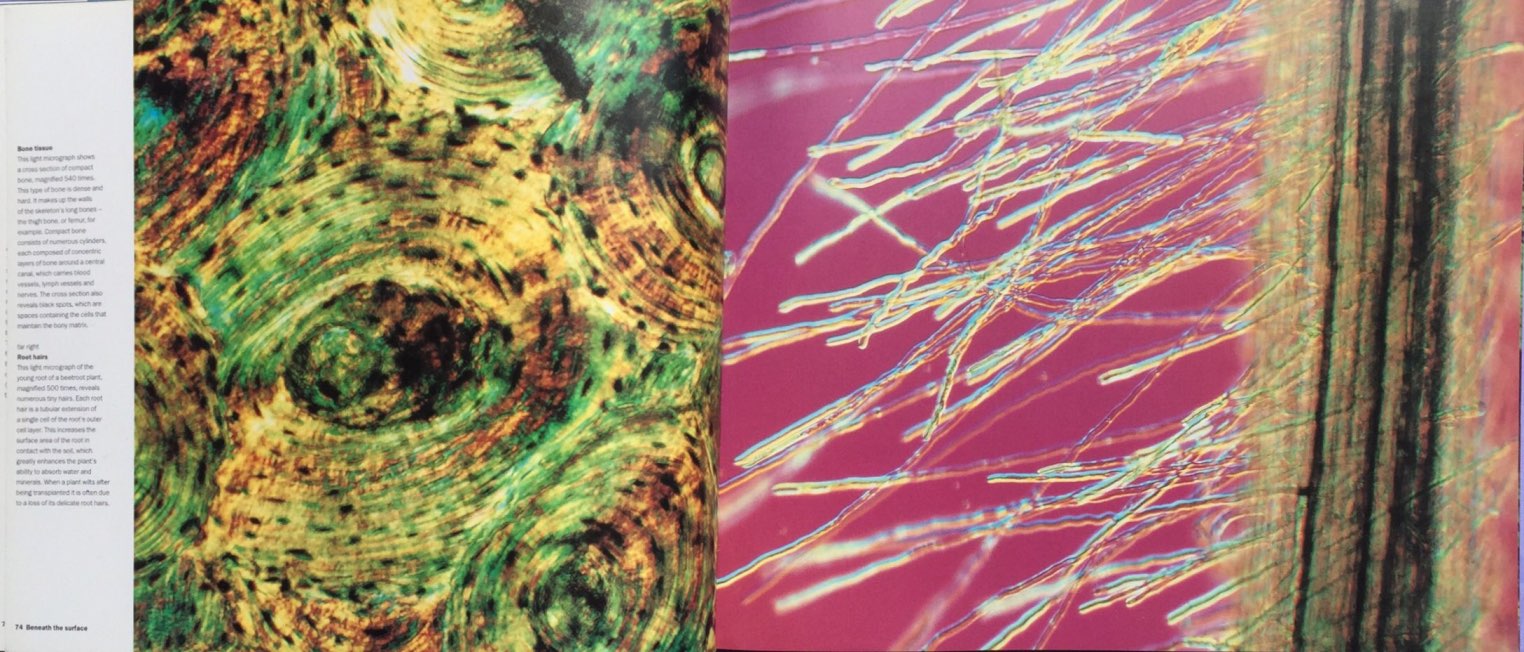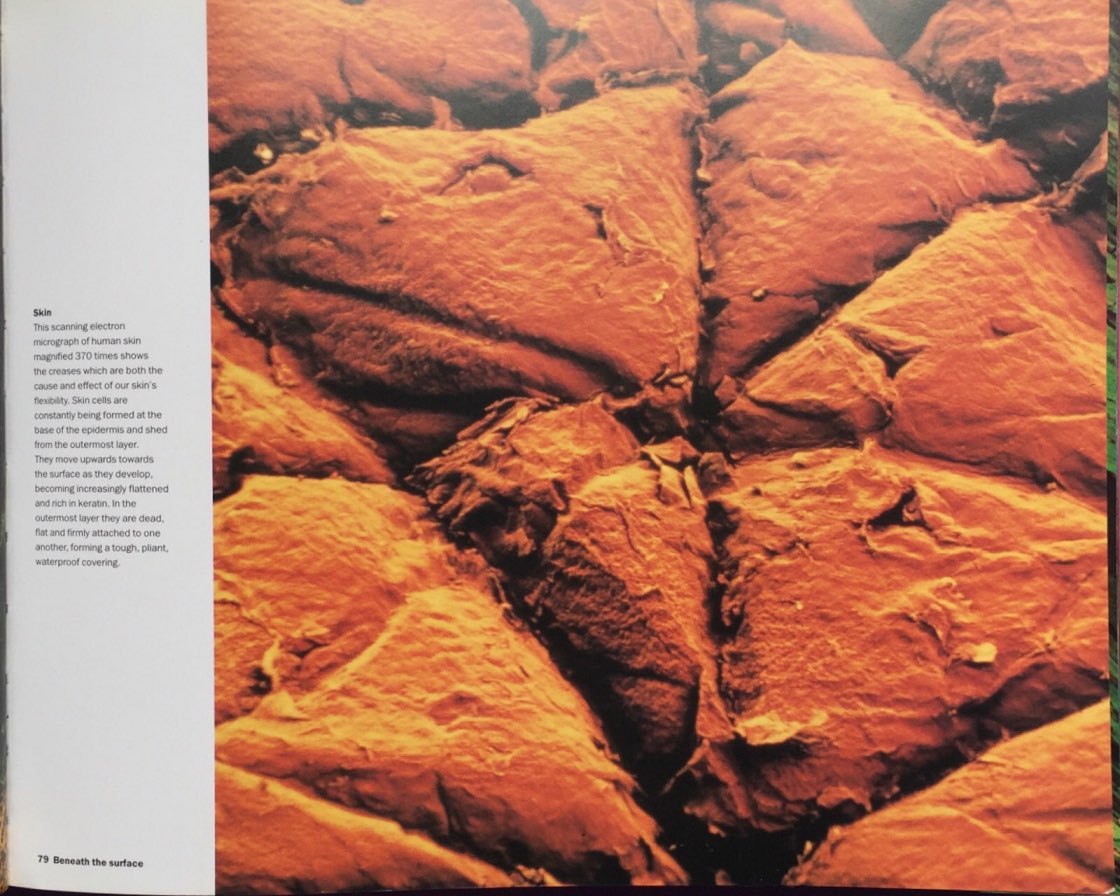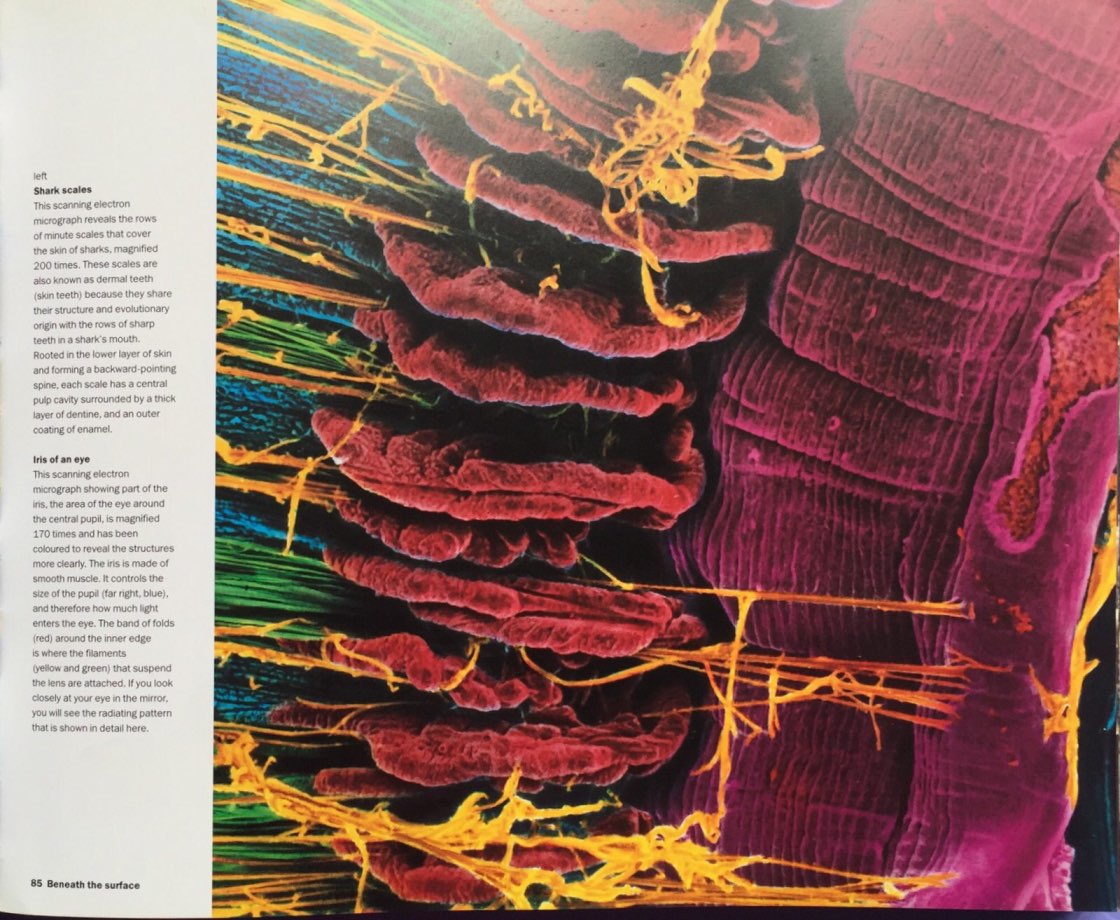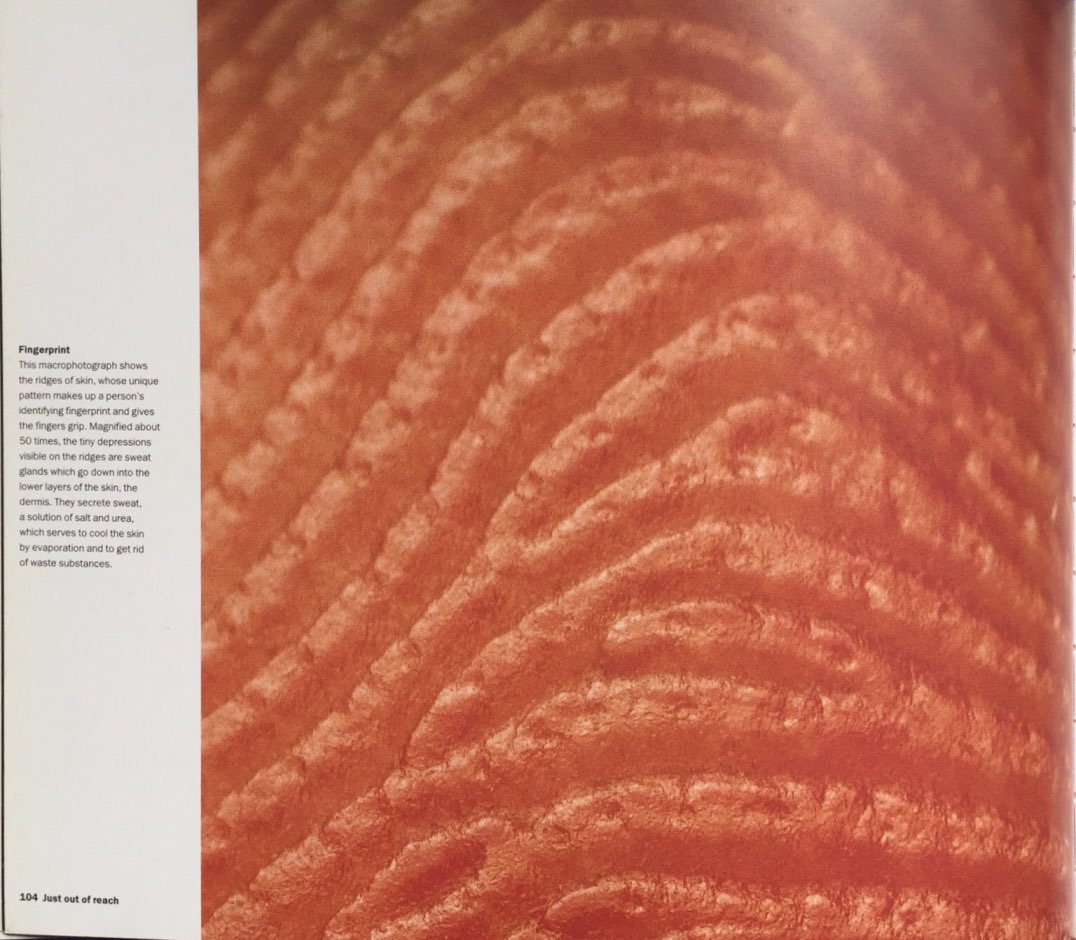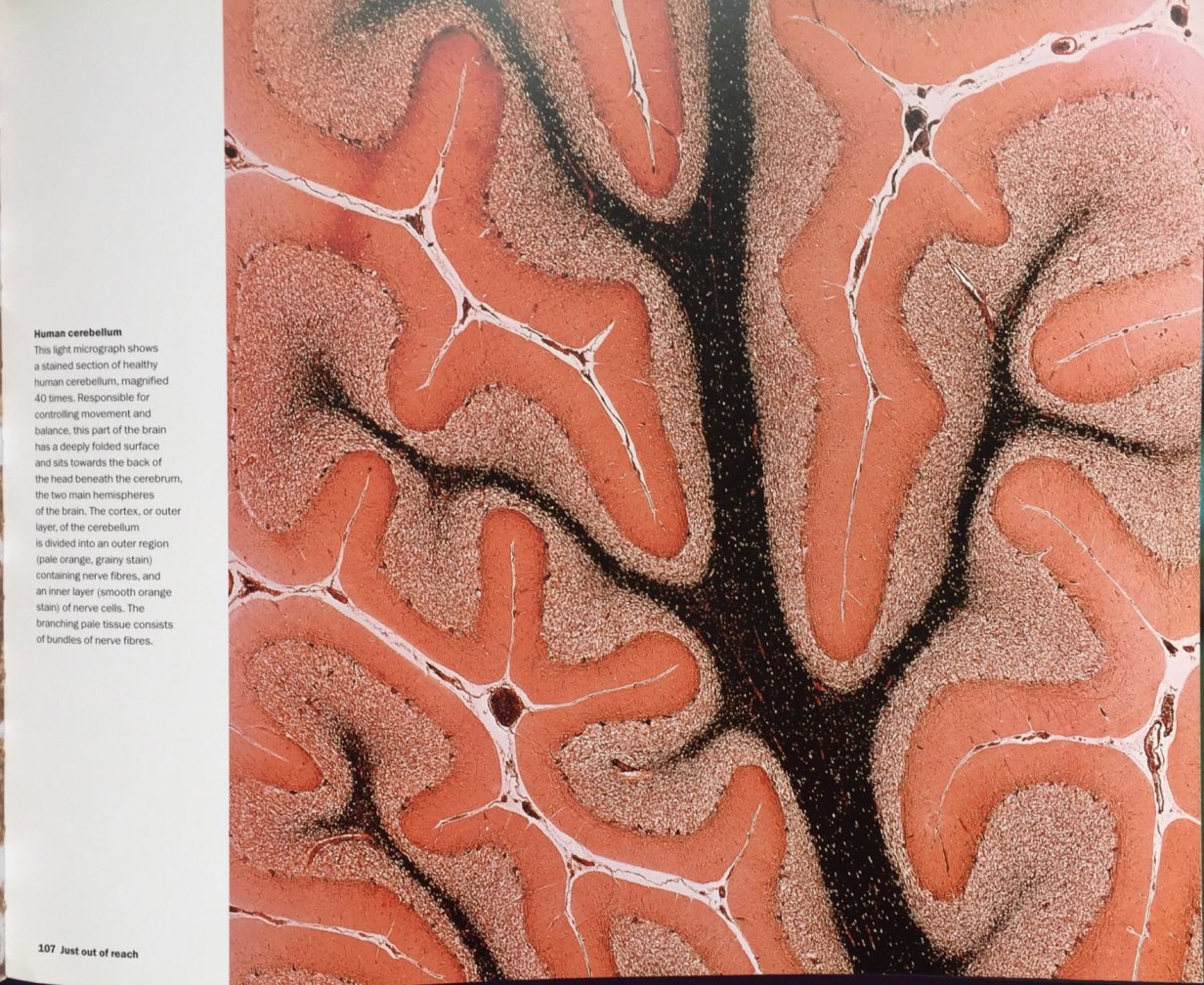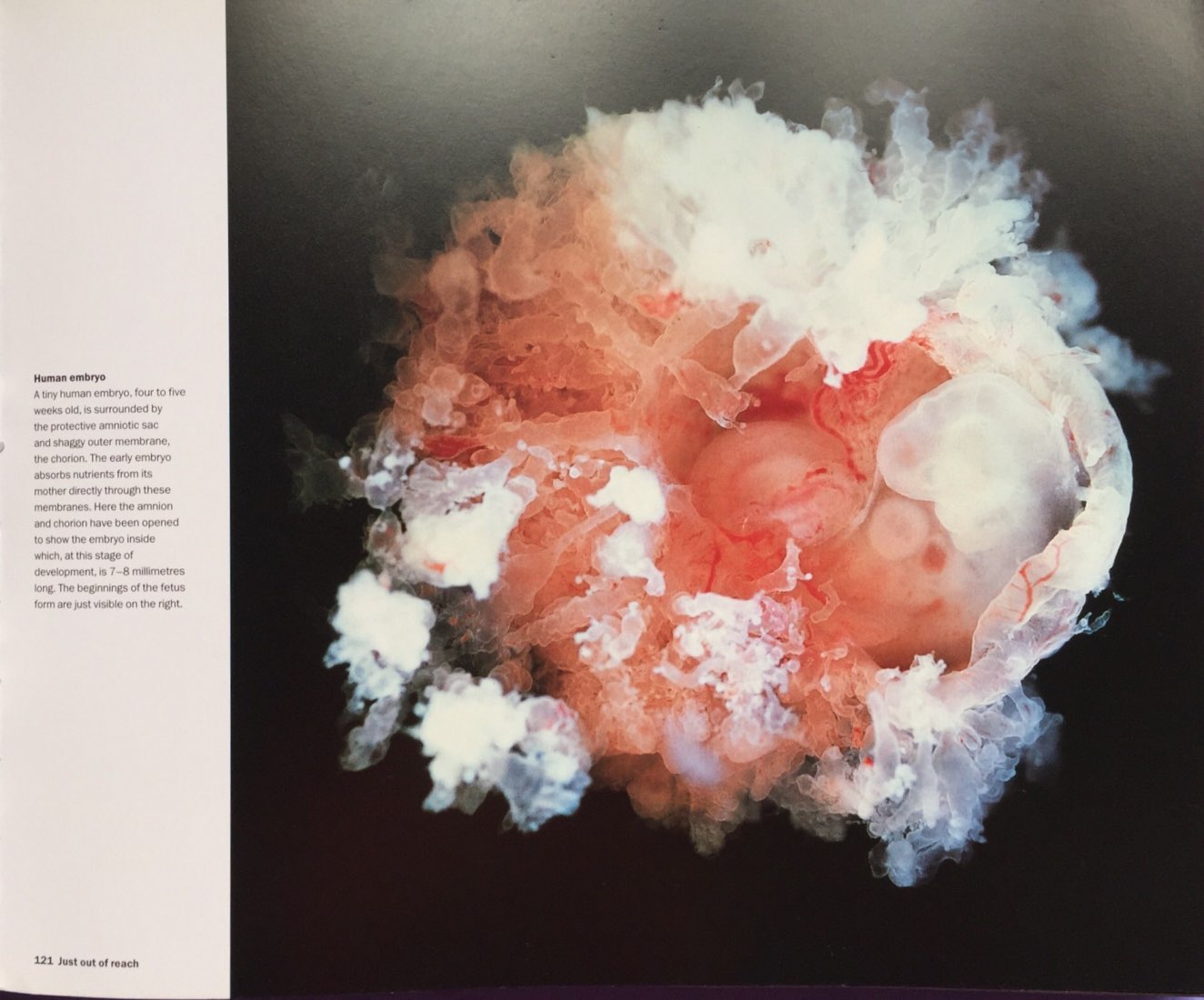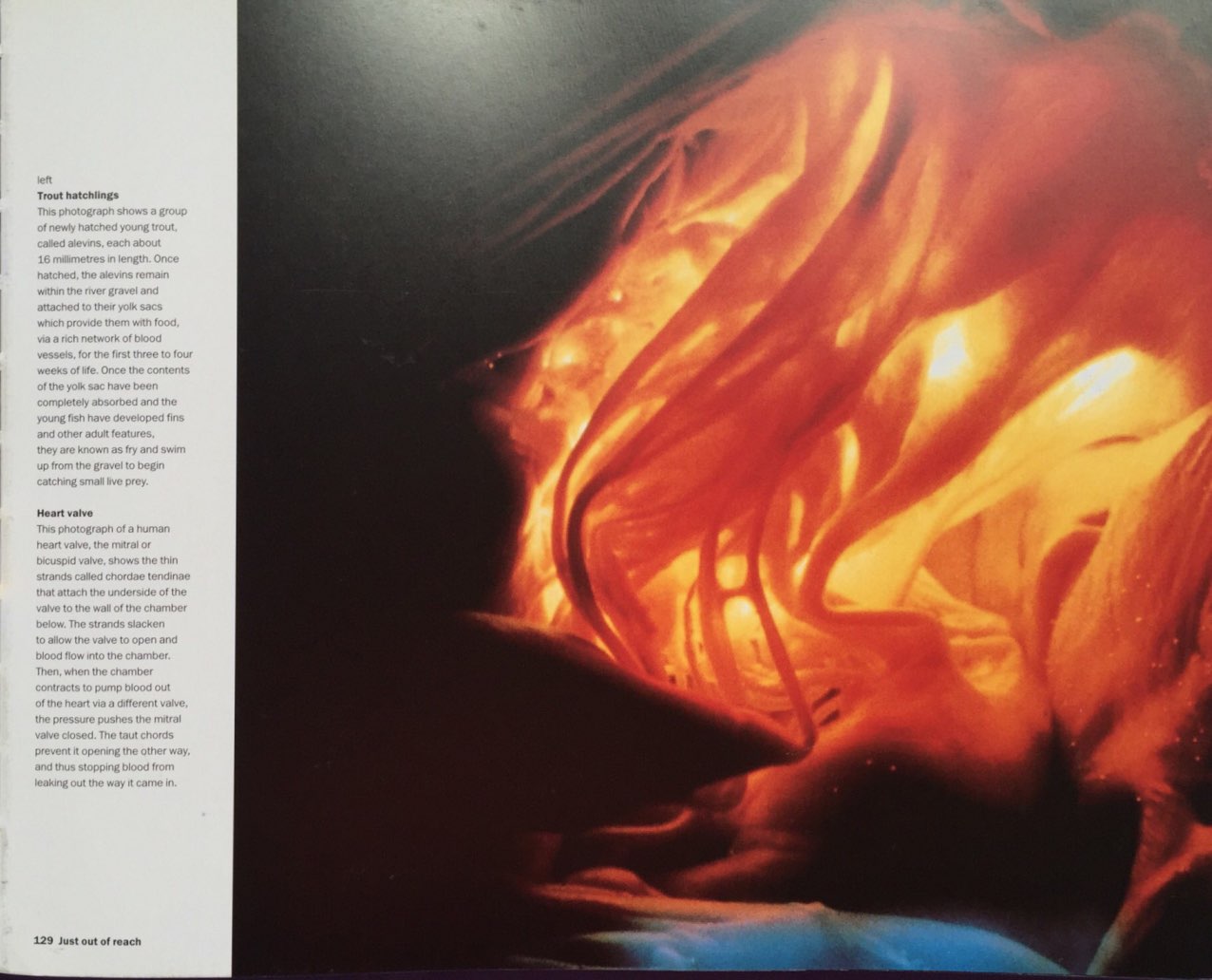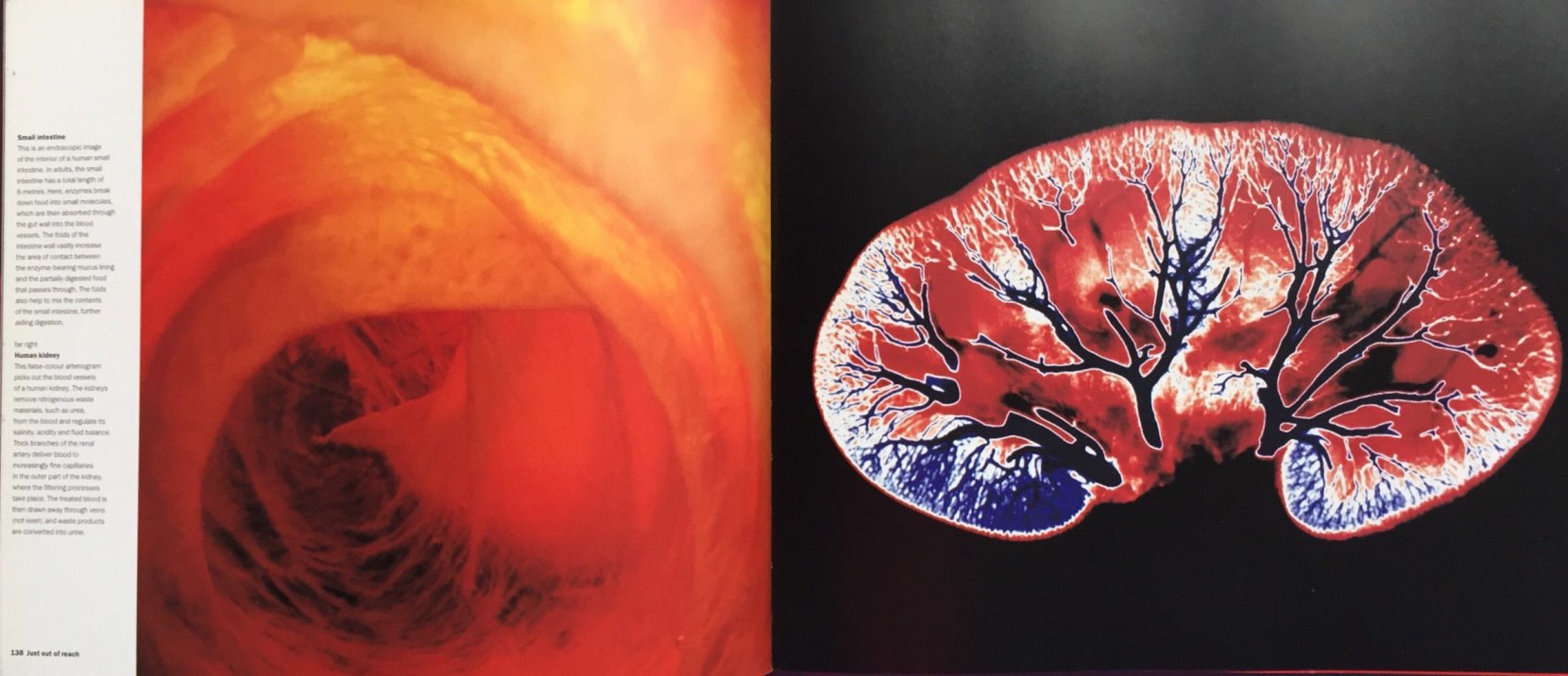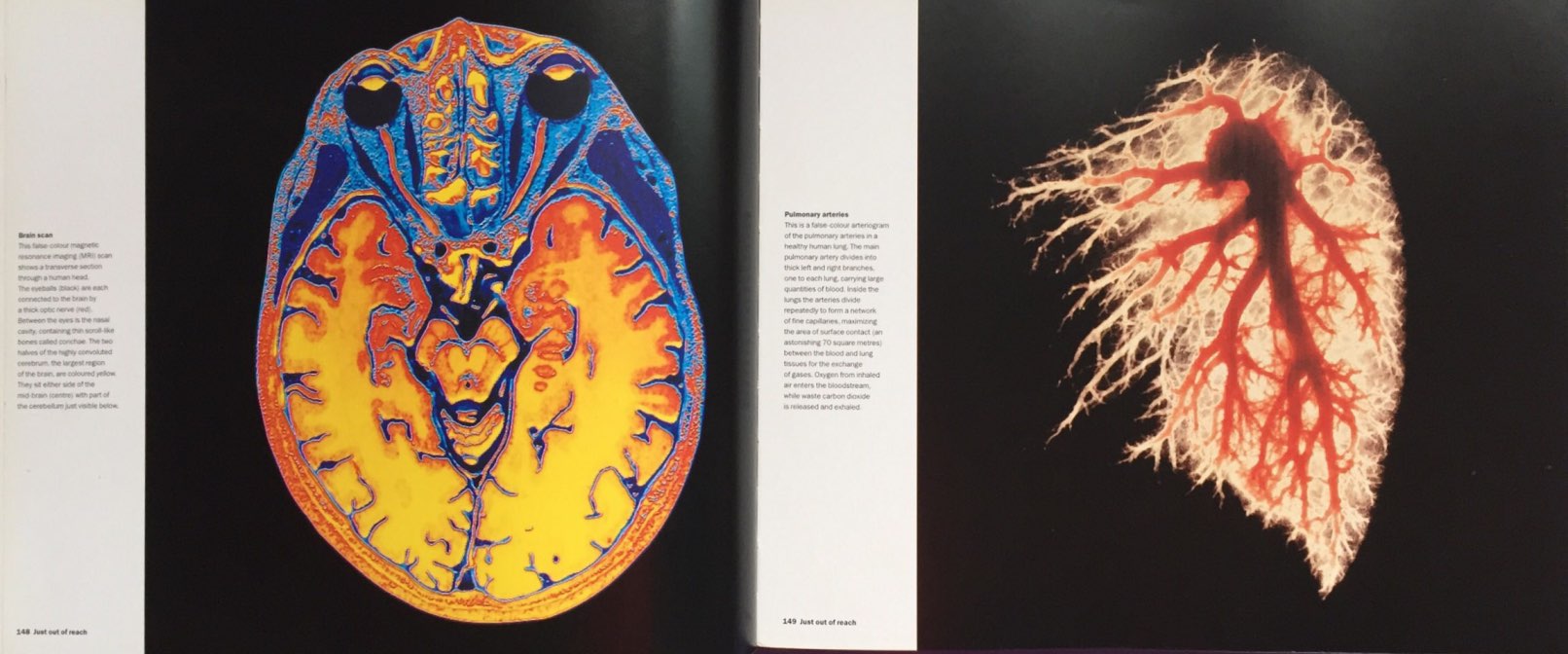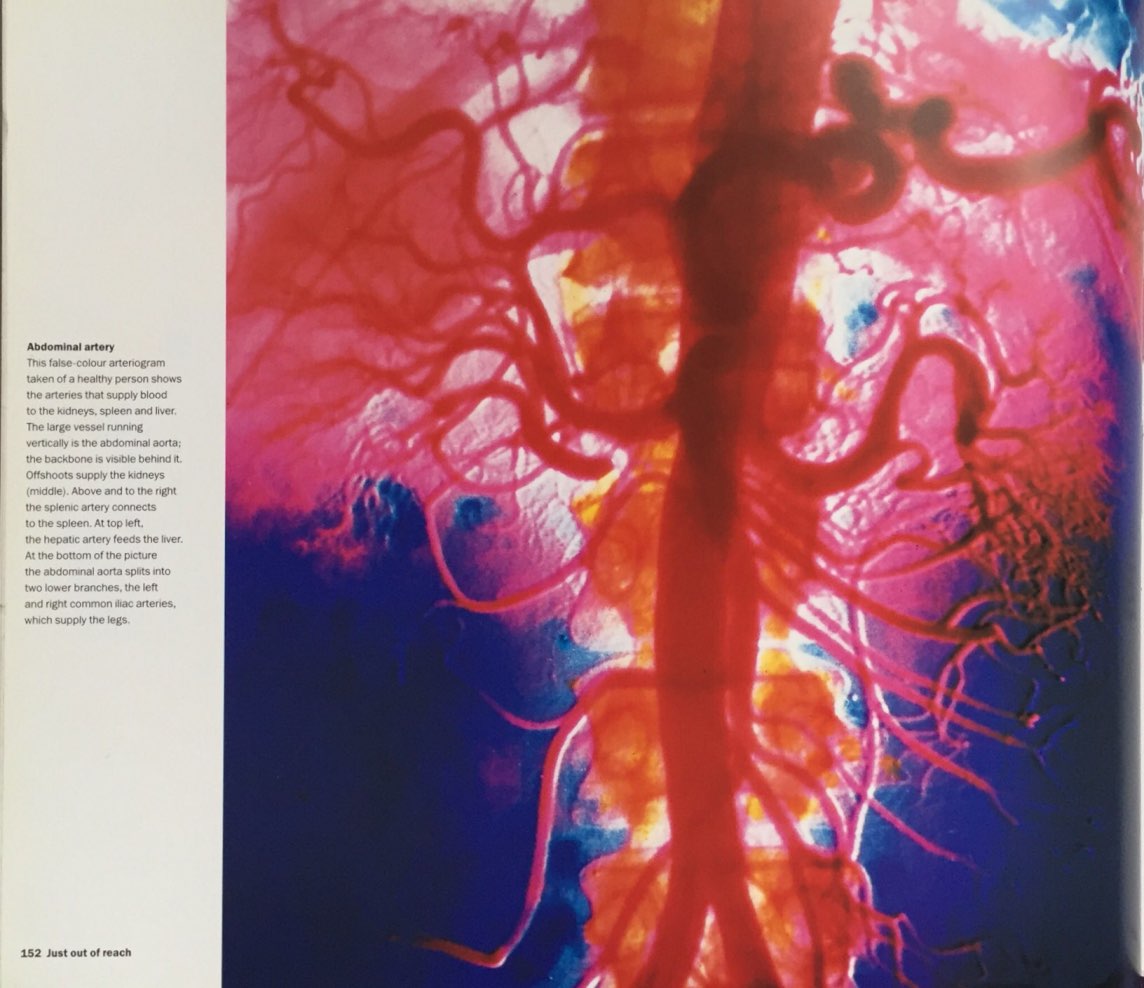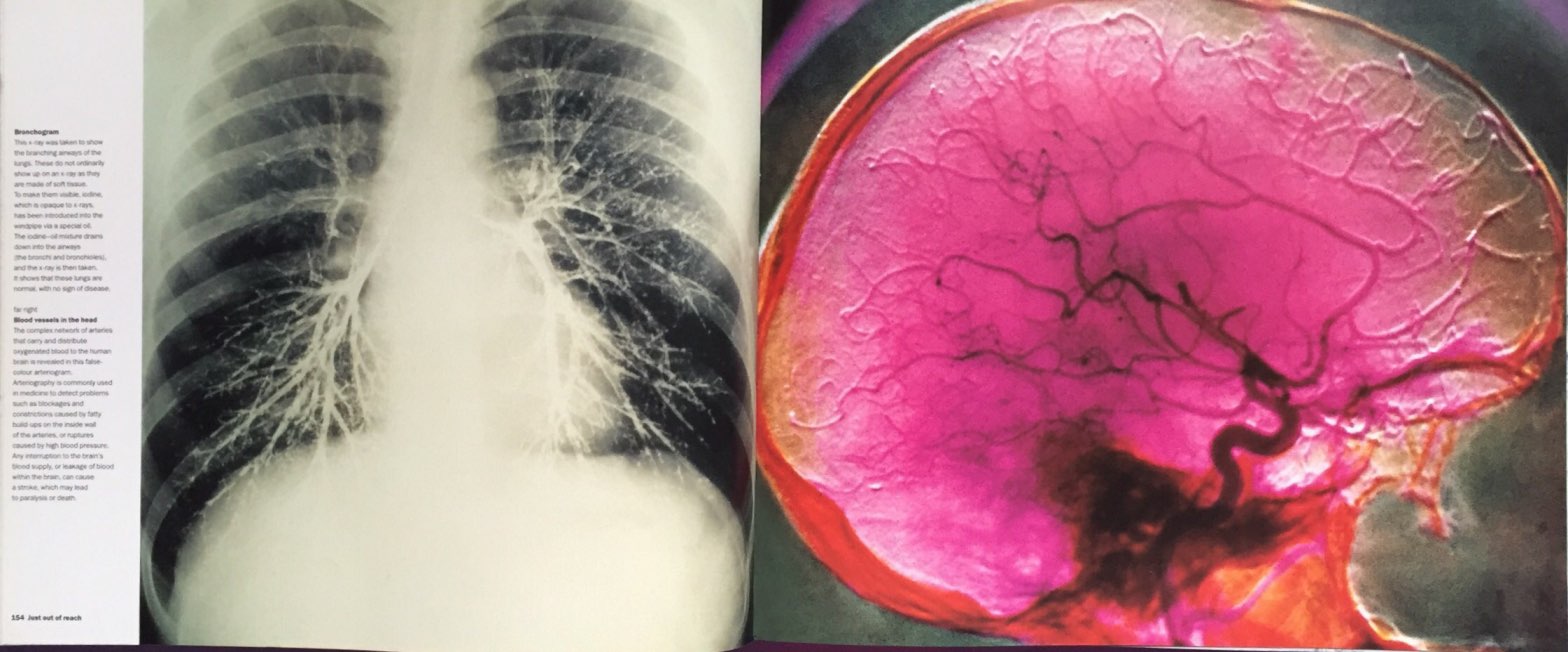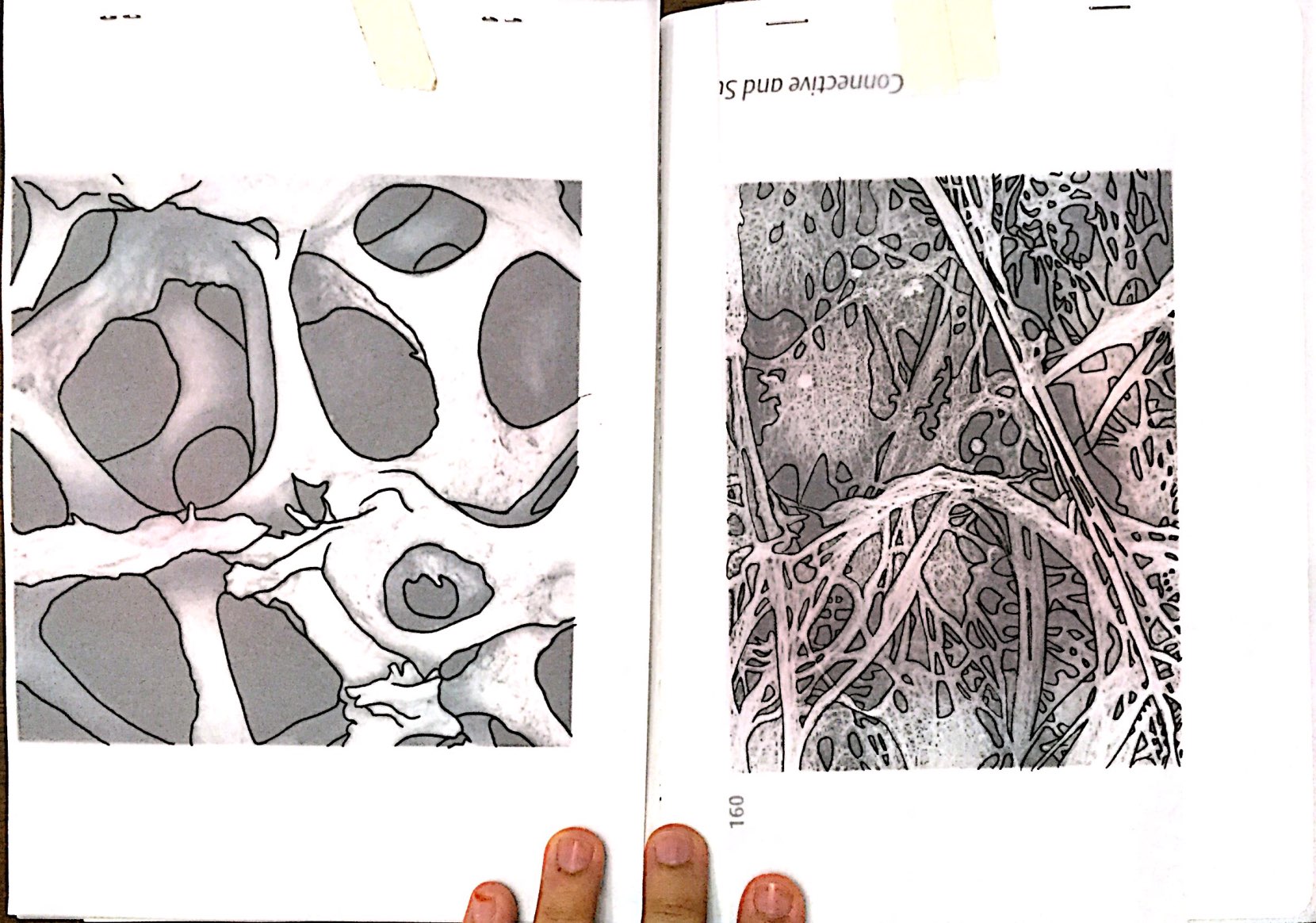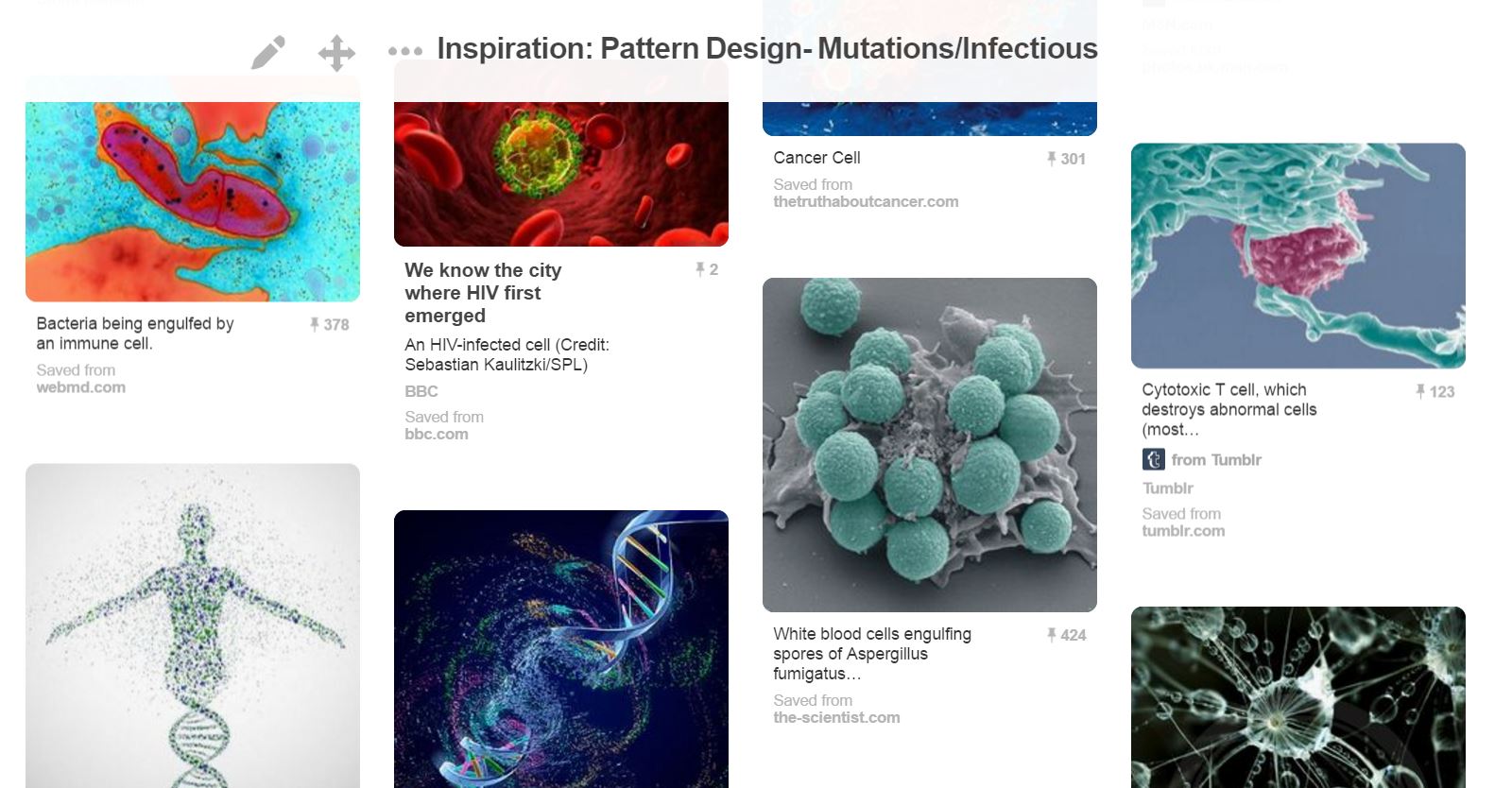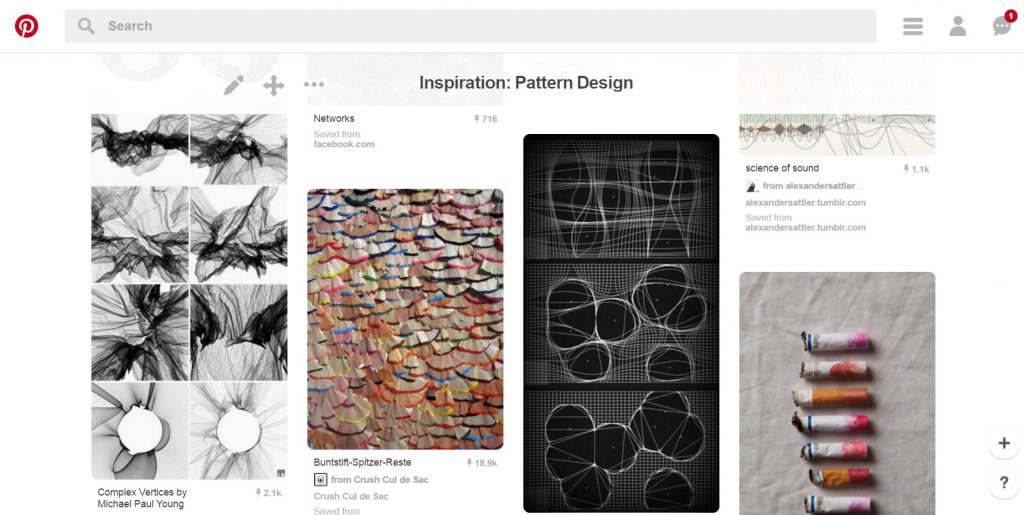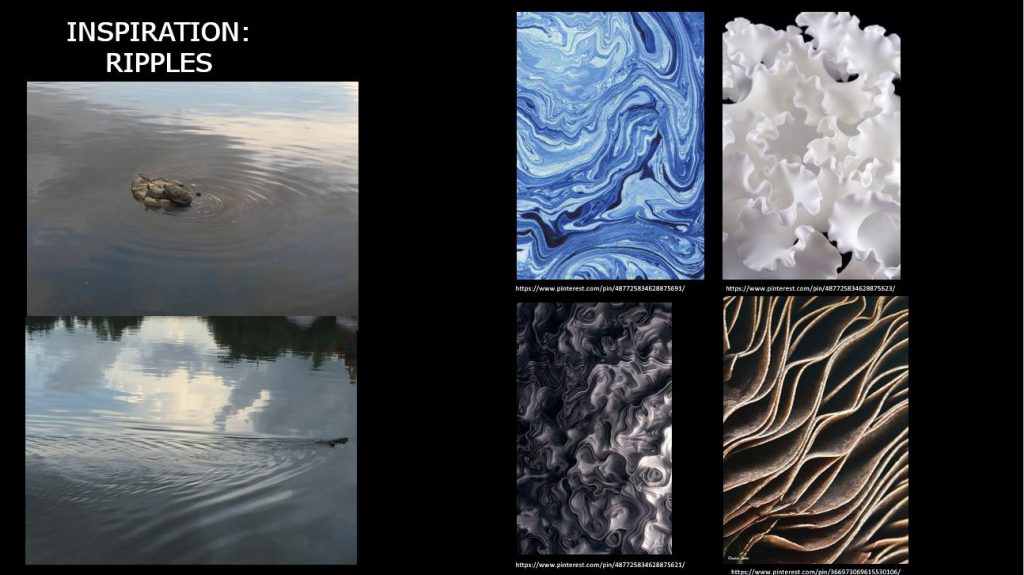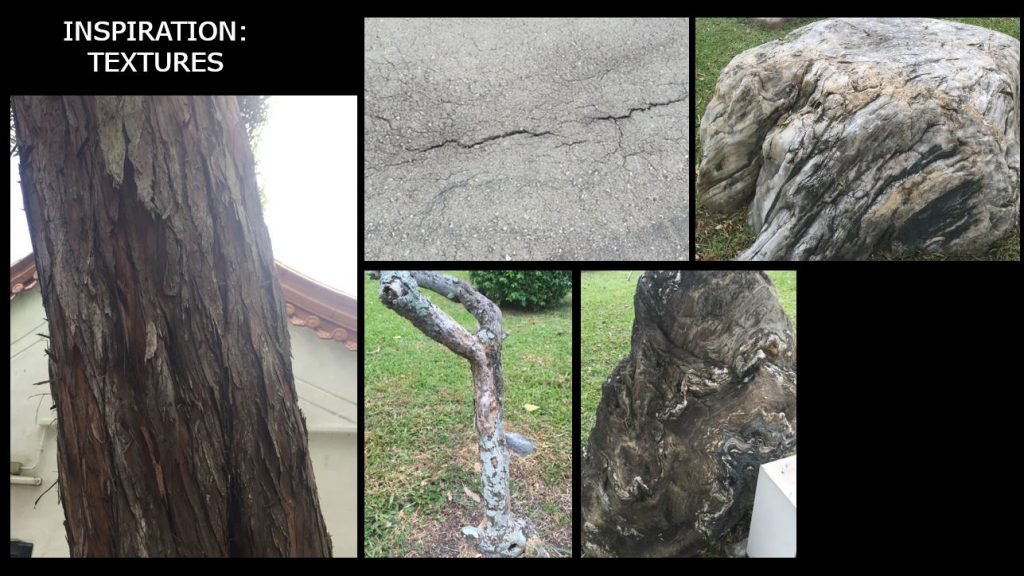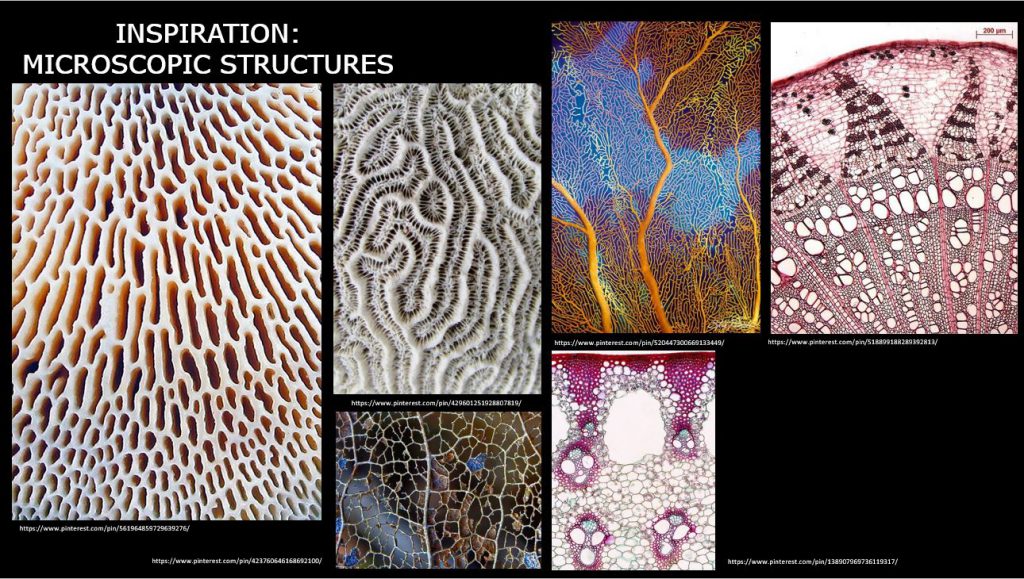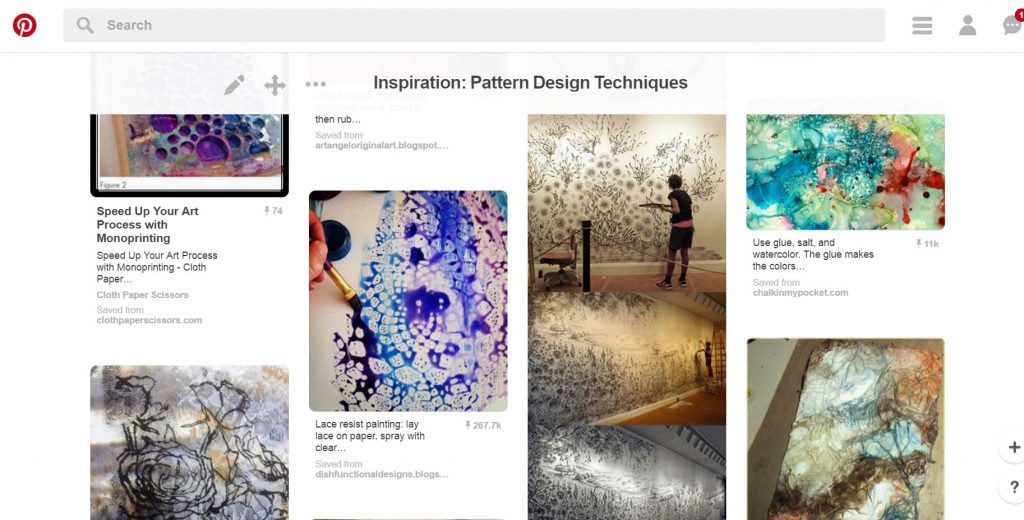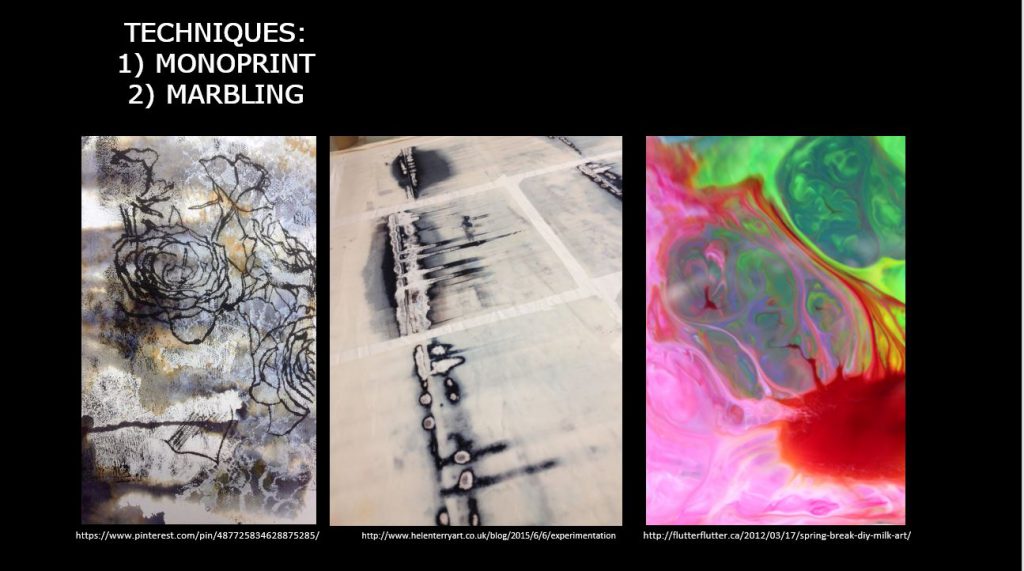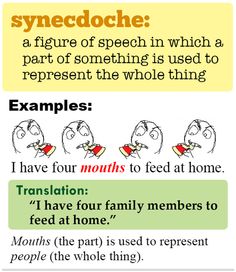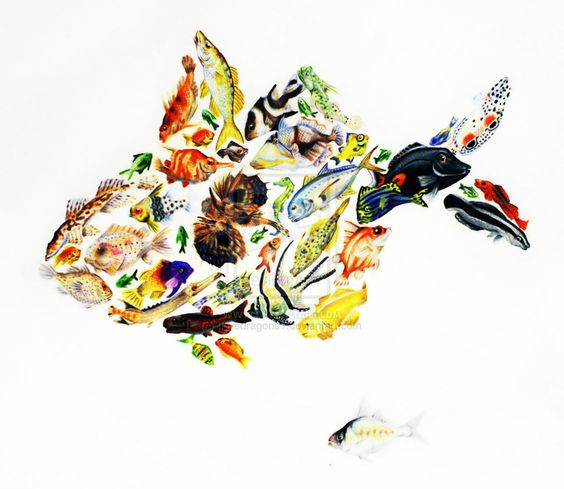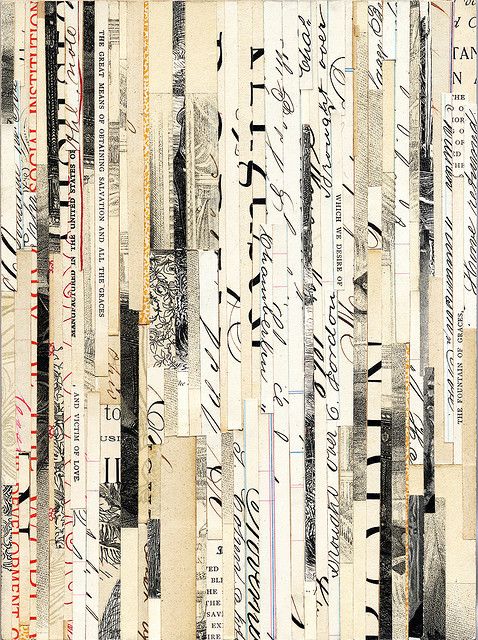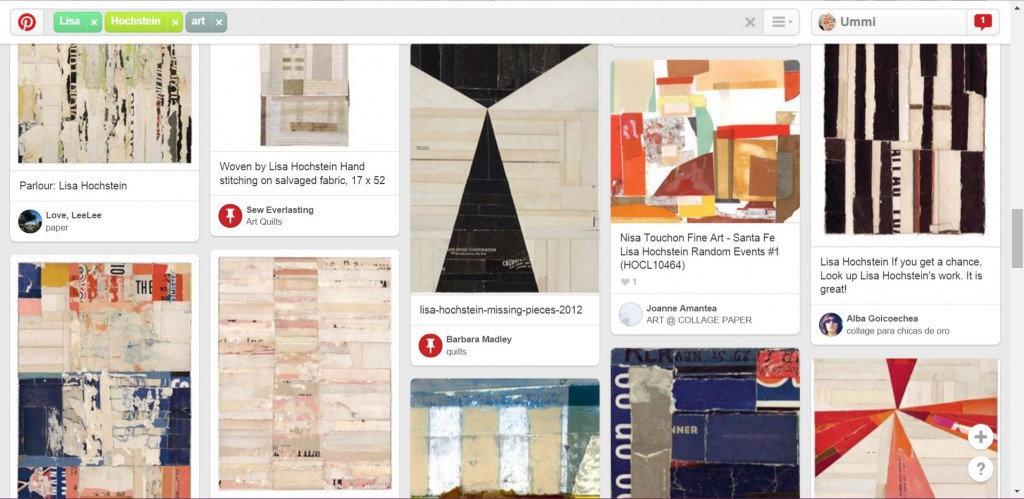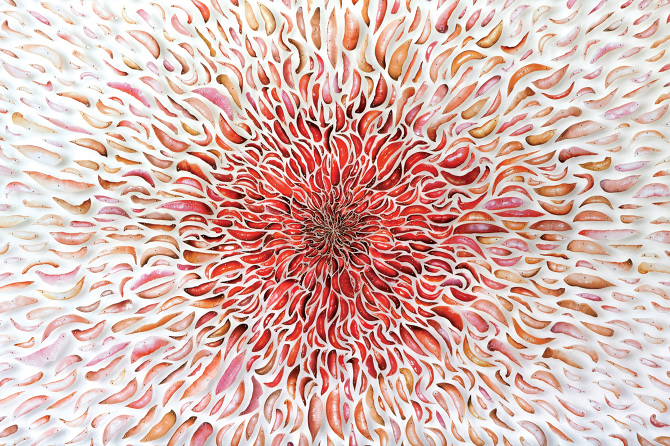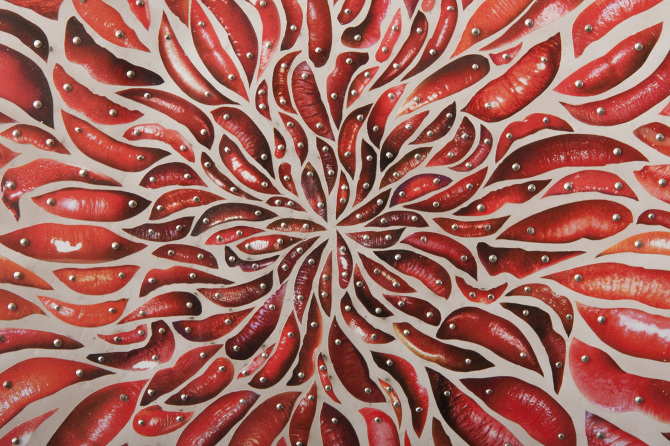From the previous in-class lecture, we’ve touched on how 3 factors are influences of producing products’ aesthetics and/or form: function, human factor, and emotion.
Below, you can find my thoughts on the different products that is dominant in function, human factor, and emotion, respectively.
Function-dominant
Product: Bow-tie candleholder
Designer: Vladimir Ivanov
Functional design are meant to be easily understood when the product is used.
The bow-tie candle holder designed by Vladimir Ivanov is minimal in terms of shape and details thus it is a straightforward product. The wood is most likely done by wood turning, where the diameter of the base is sufficient to stabilize the weight as well as height when the candle is placed in the required hole in the middle of the top plane.
Human Factor-dominant
Product name: Knelt Desk
Designer: Tim Spencer, Ubiquity Design Studio
Problem: Through research, it was observed that children have the tendency to hunch over their flat desk while they kneel. Hunching over can lead to bad posture due to the stress on the spinal cord.
Solution: With the users being children from the age range of 3 – 10, the designer designed the Knelt Desk to educate the children of the proper sitting posture. Comparing the proportion of the desk and the seat, the desk is at least twice the height. They designed both the desk and seat at an elevated angle so that the user could experience the comfortable sitting position thus taking away with them the knowledge of correct sitting posture as they grow.
Source: http://ubiquitydesignstudio.blogspot.sg/
Emotion-dominant
Product: CampTeck BPA-free Water Bottle
Before BPA-free water bottles were designed, plastic water bottles were everybody’s best friend. Although plastic are known to be non-biodegradable, research proved that it is harmful towards human health.
Plastic bottles contained a compound called bisphenol A — BPA for short. Reports stated that BPA is harmful towards human health system as excessive BPA in our body can lead to cancer, etc. Therefore, like the campaign of “No Plastic Bottles” campaign ran by ADM, encourage consumers/users to use BPA-free water bottles instead, preventing more harm to human health, as well as harming aquatic lives where plastics can be disposed.
I think this product is emotion-dominant because:
- makes the user feel safer than drinking from plastic water bottles.
- reminds the users to try their best to reduce the use of plastic bottles
- users can carry out a healthier daily drink choice as fruit infuser was also incorporated in the design.
